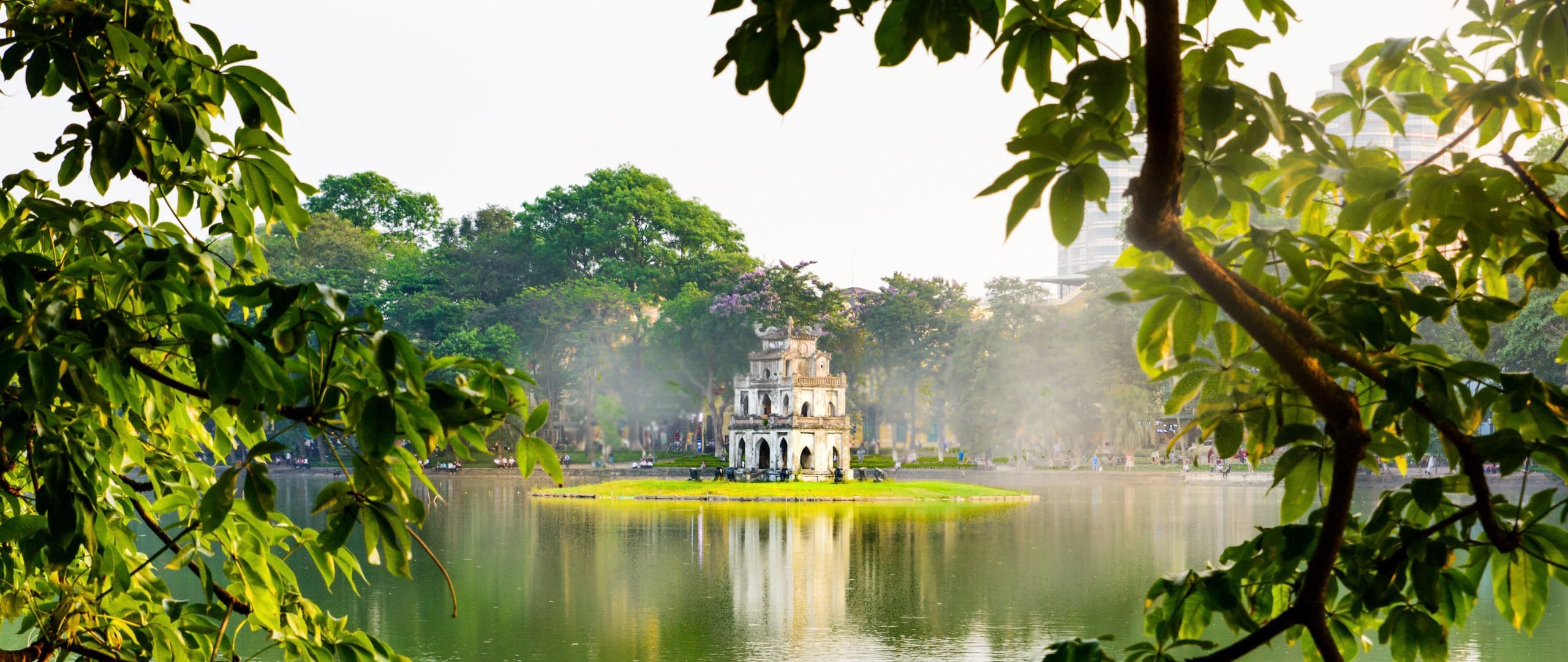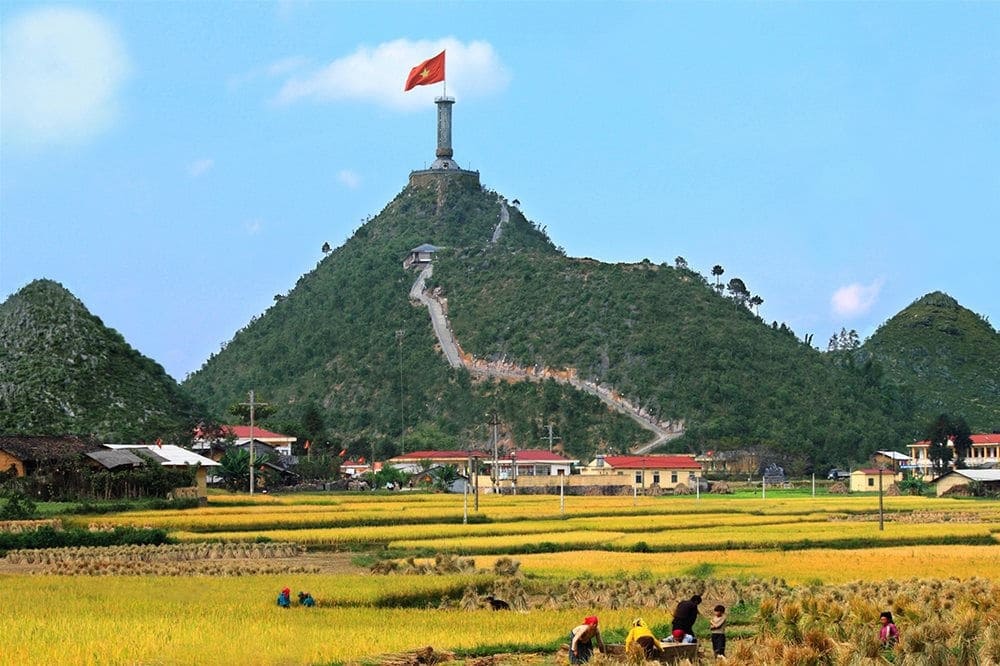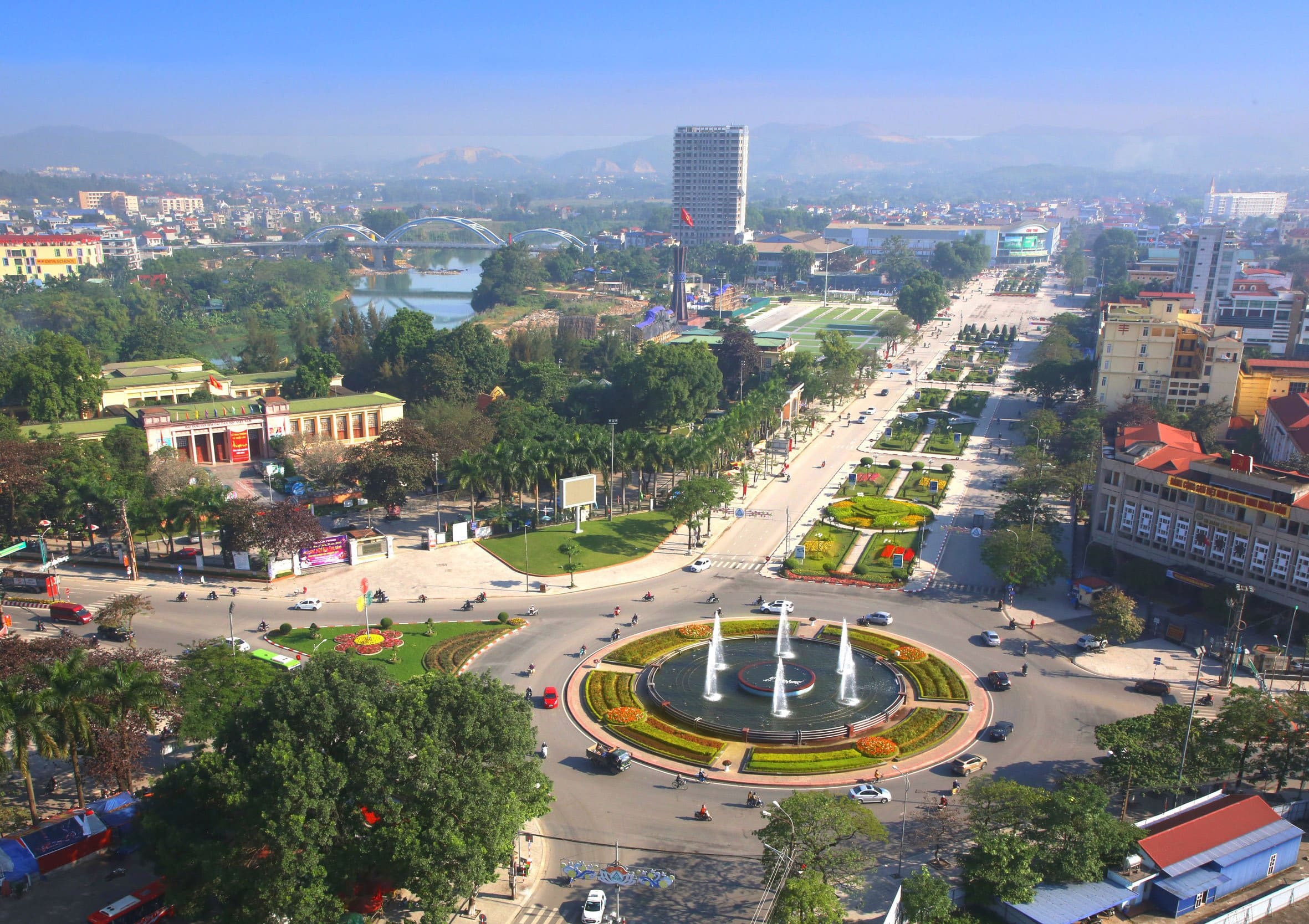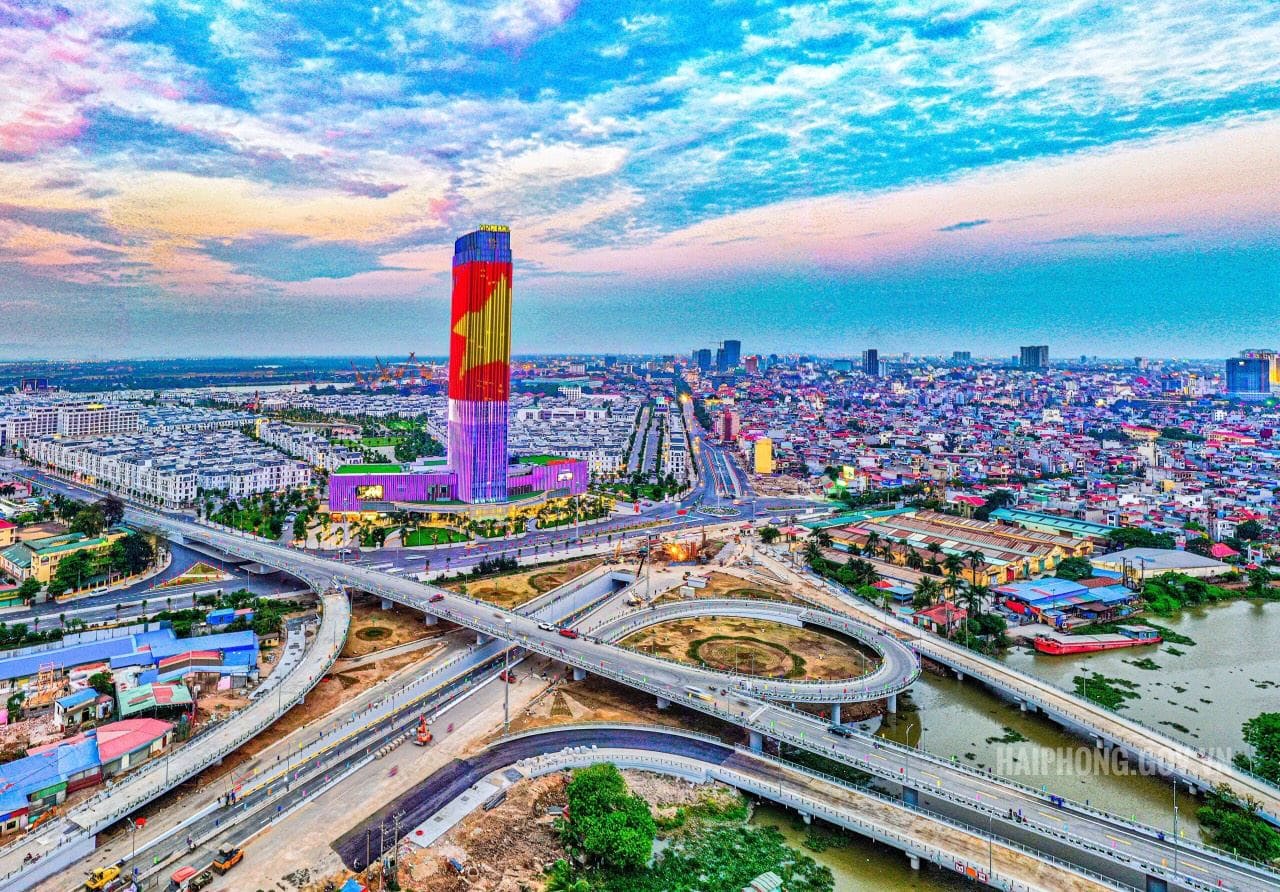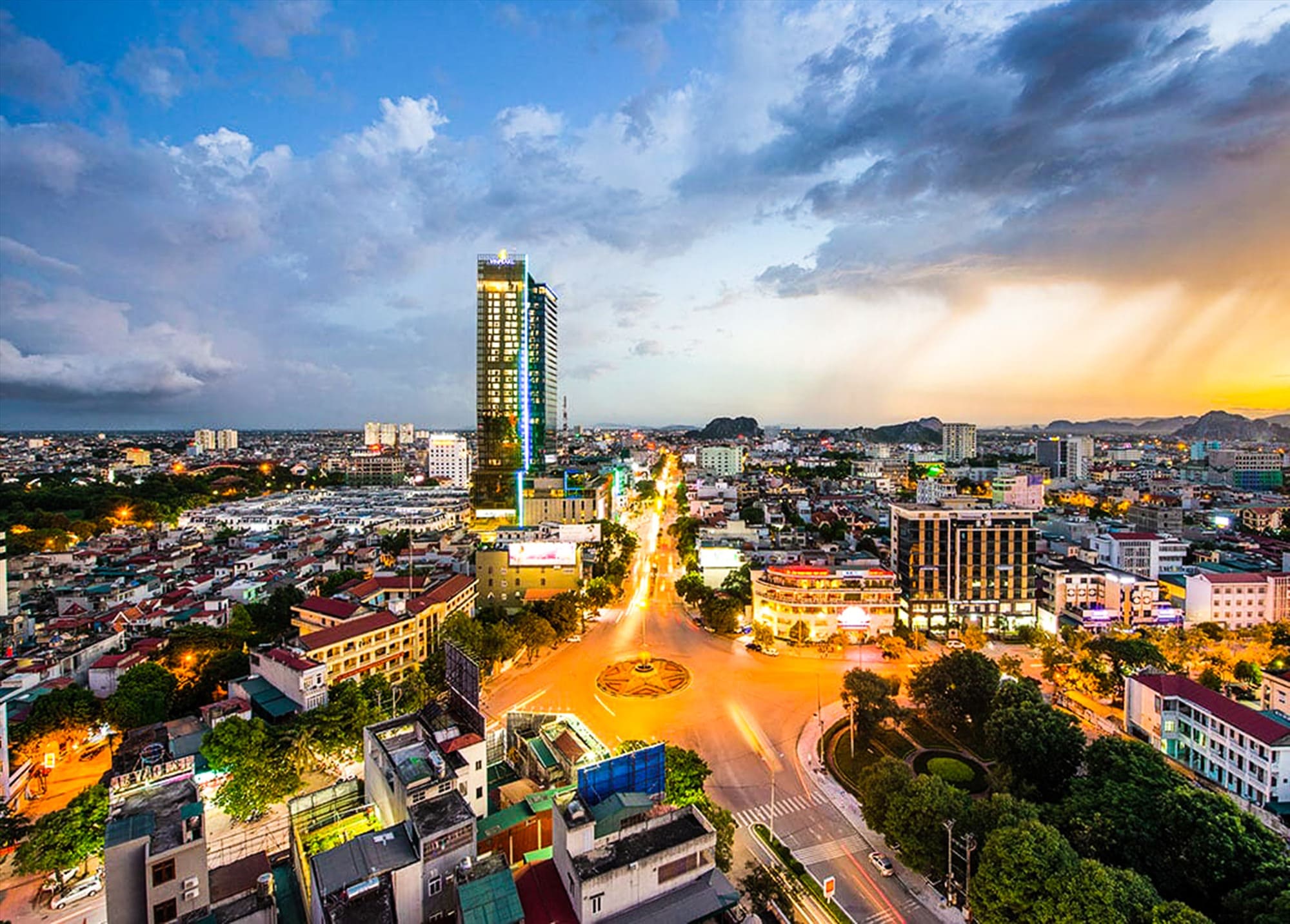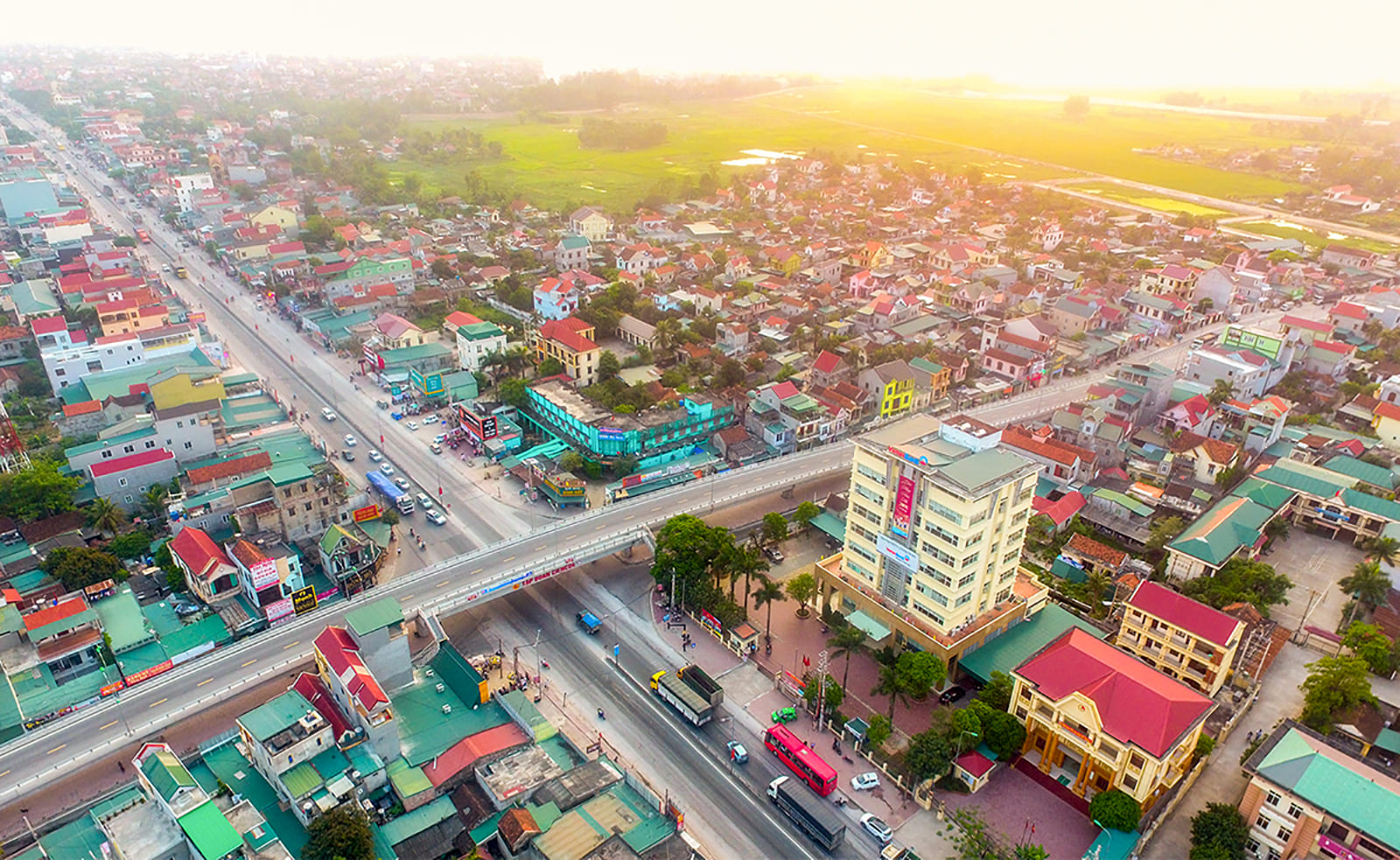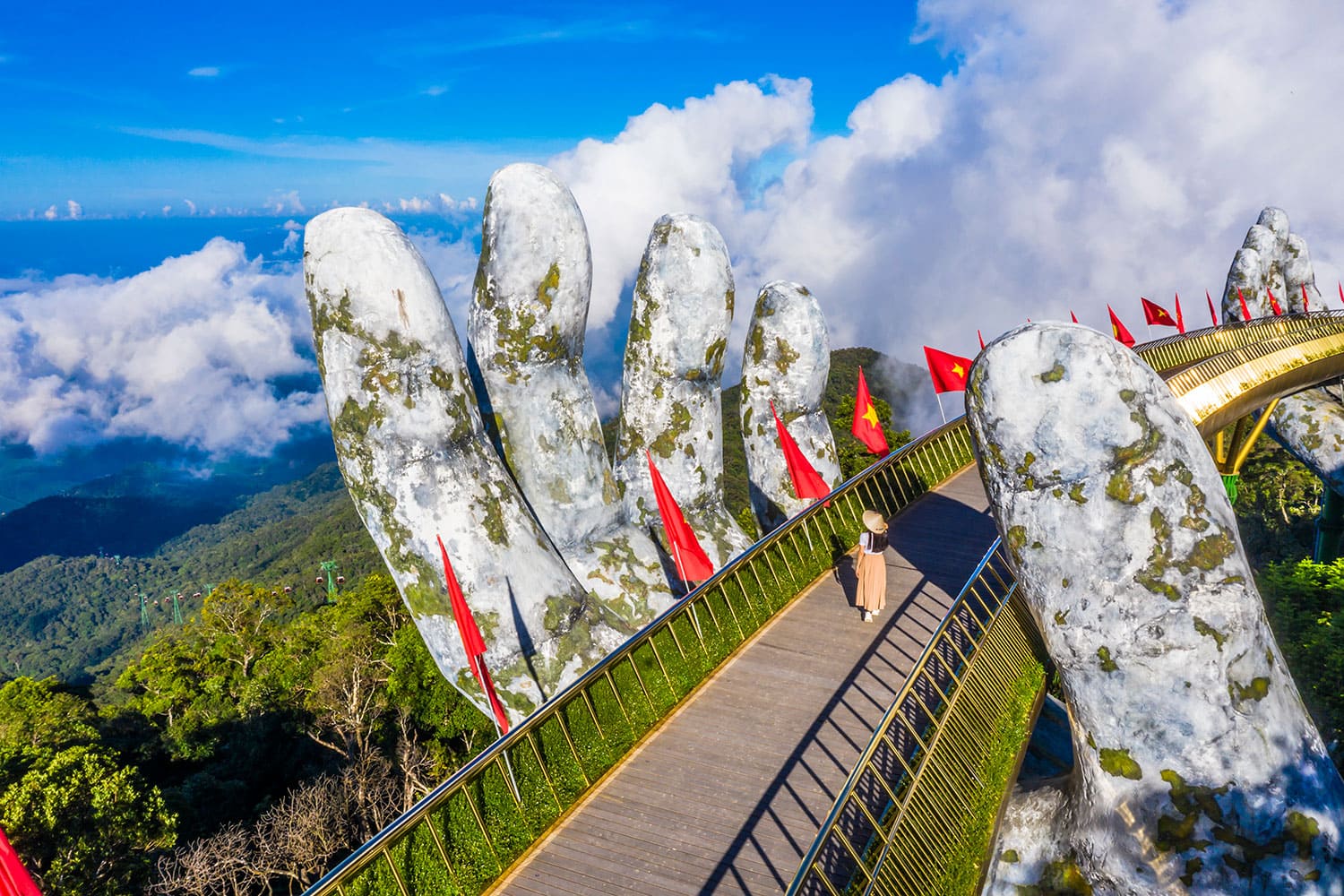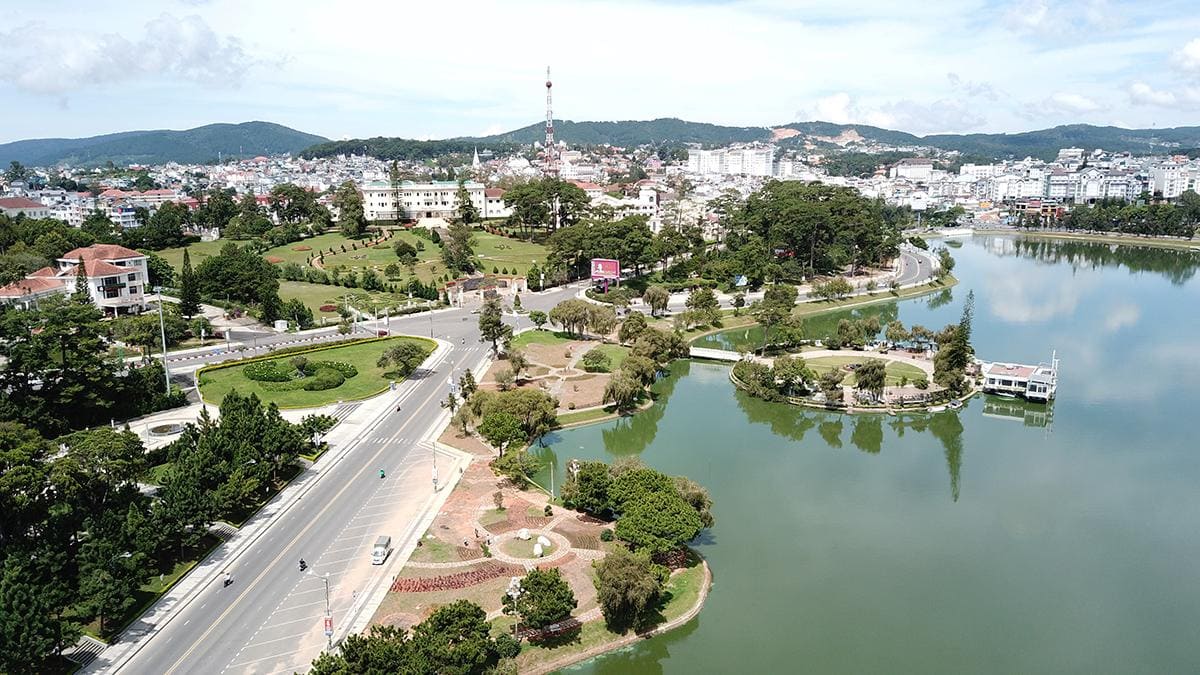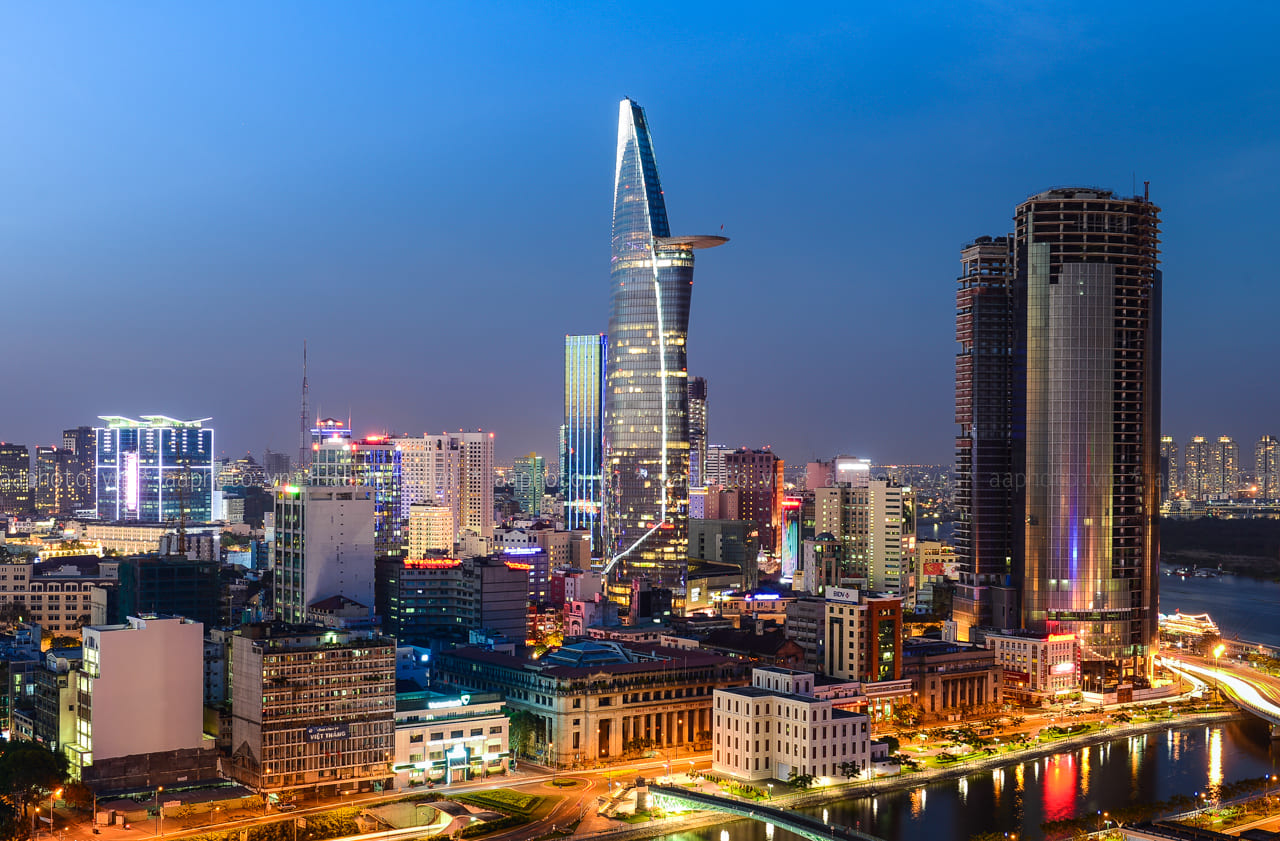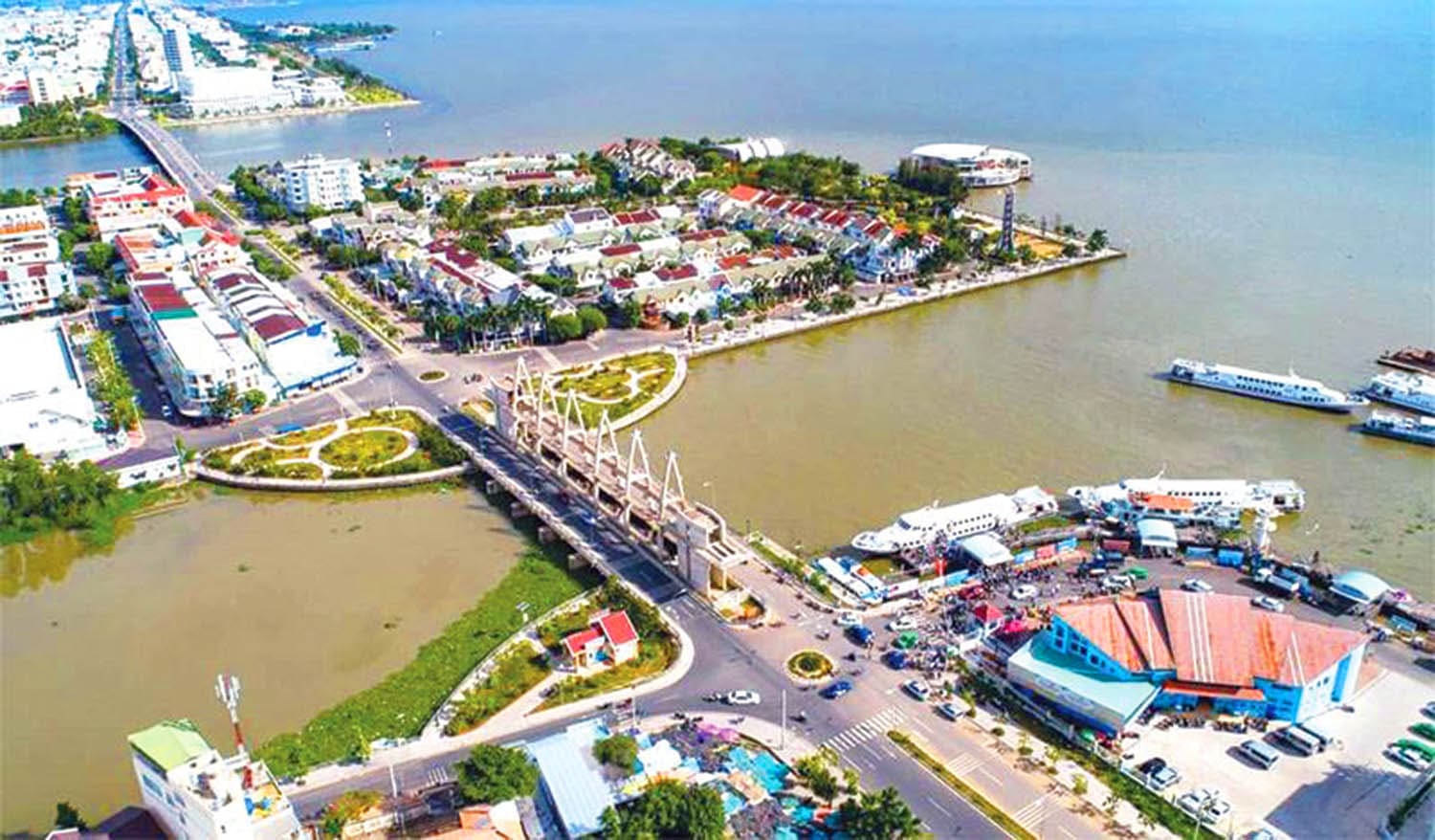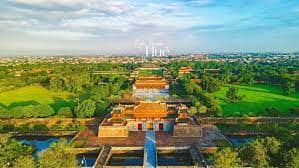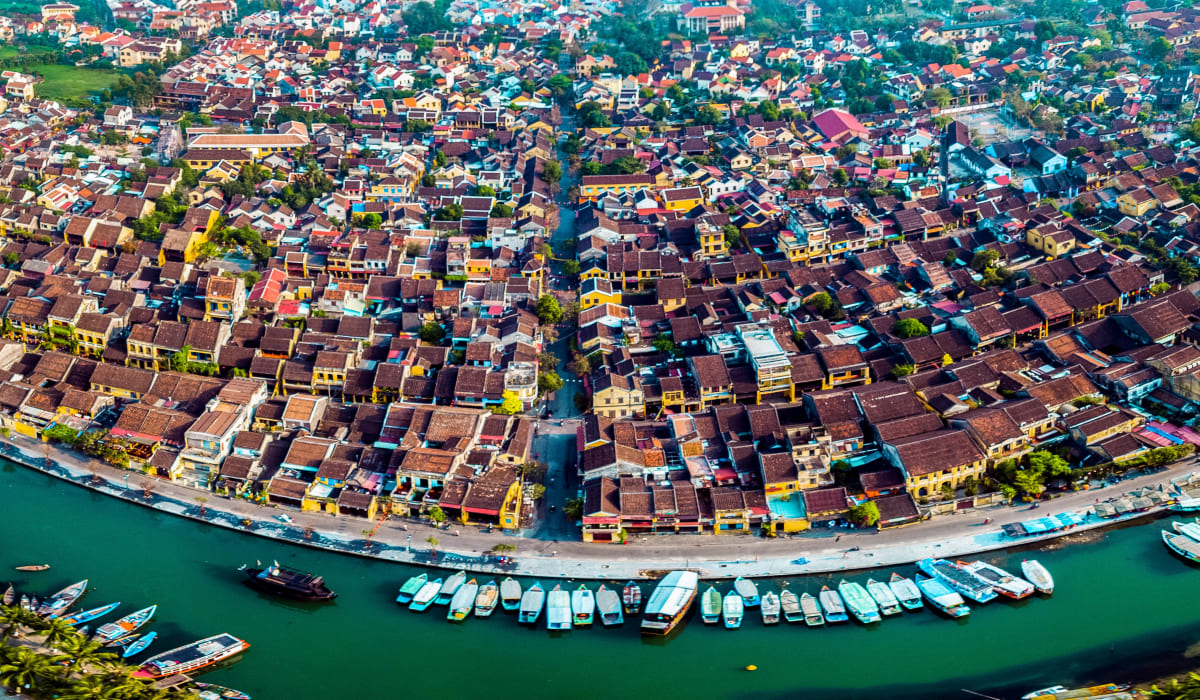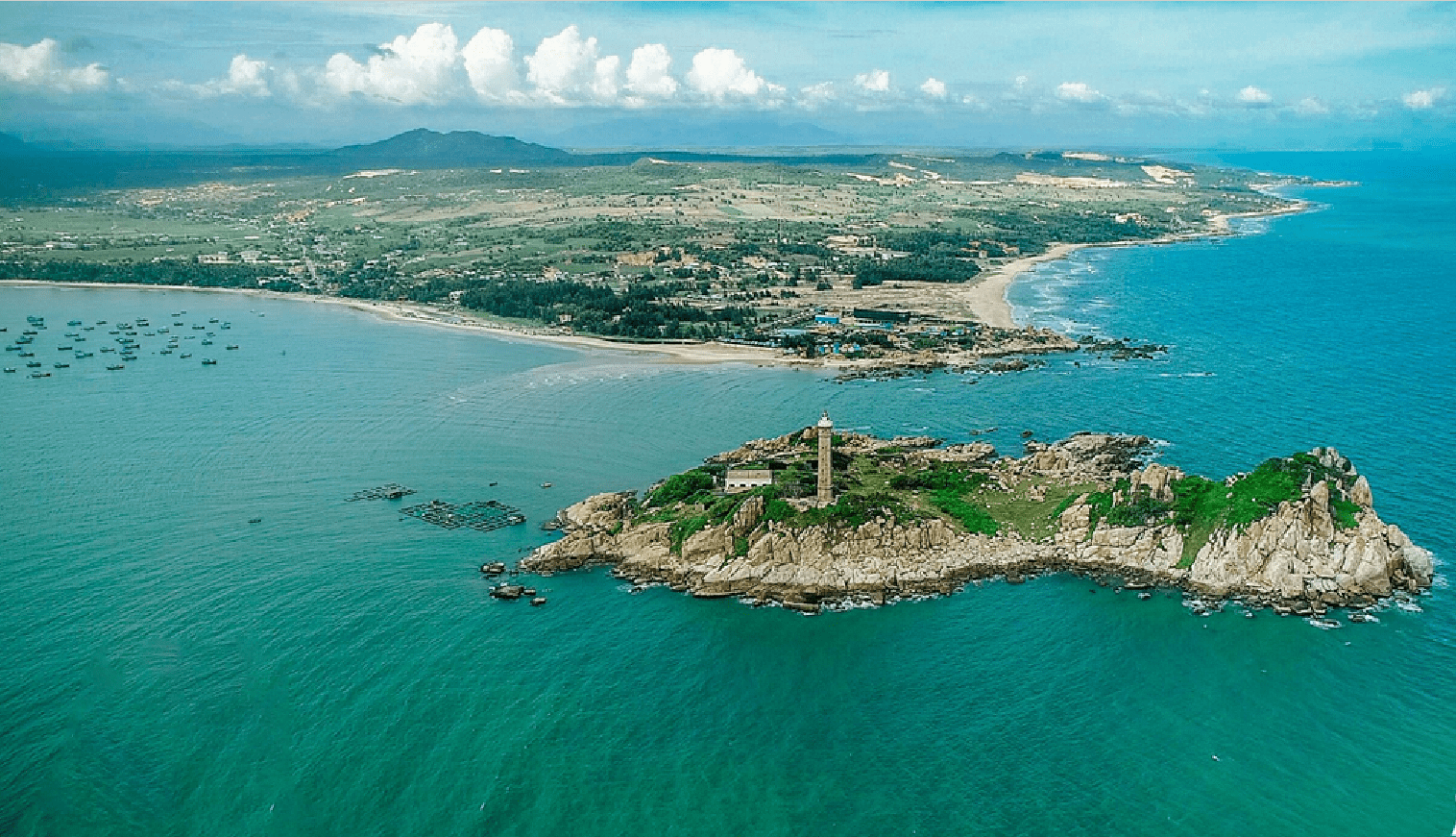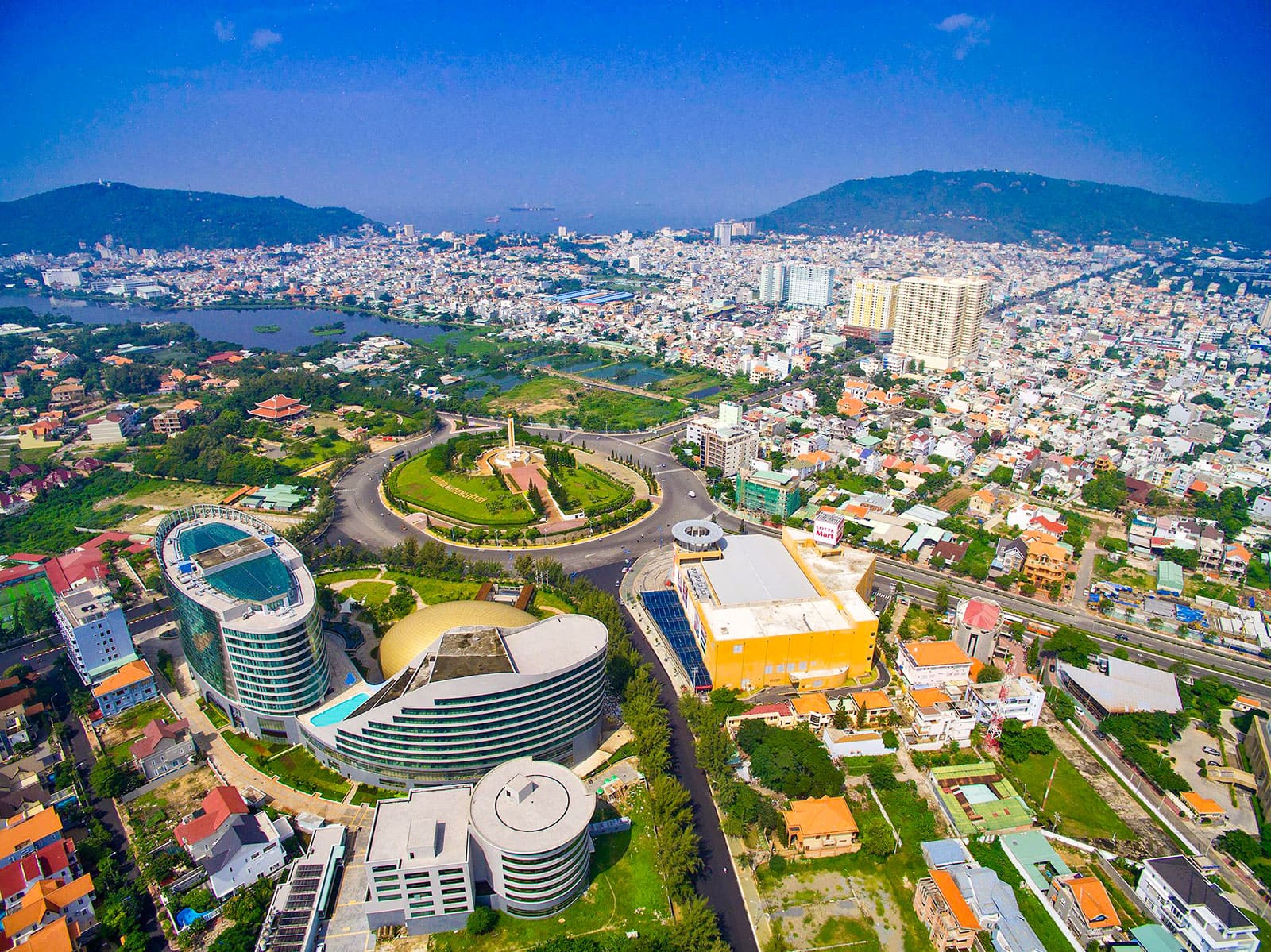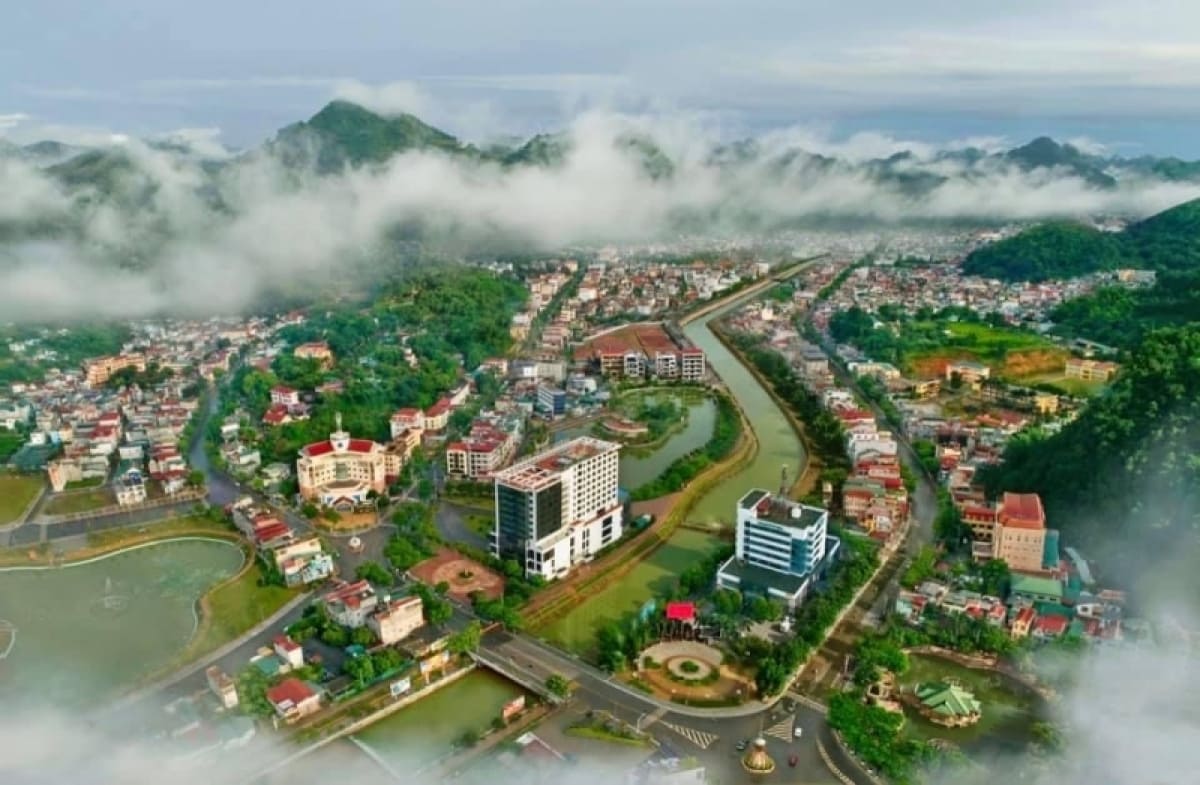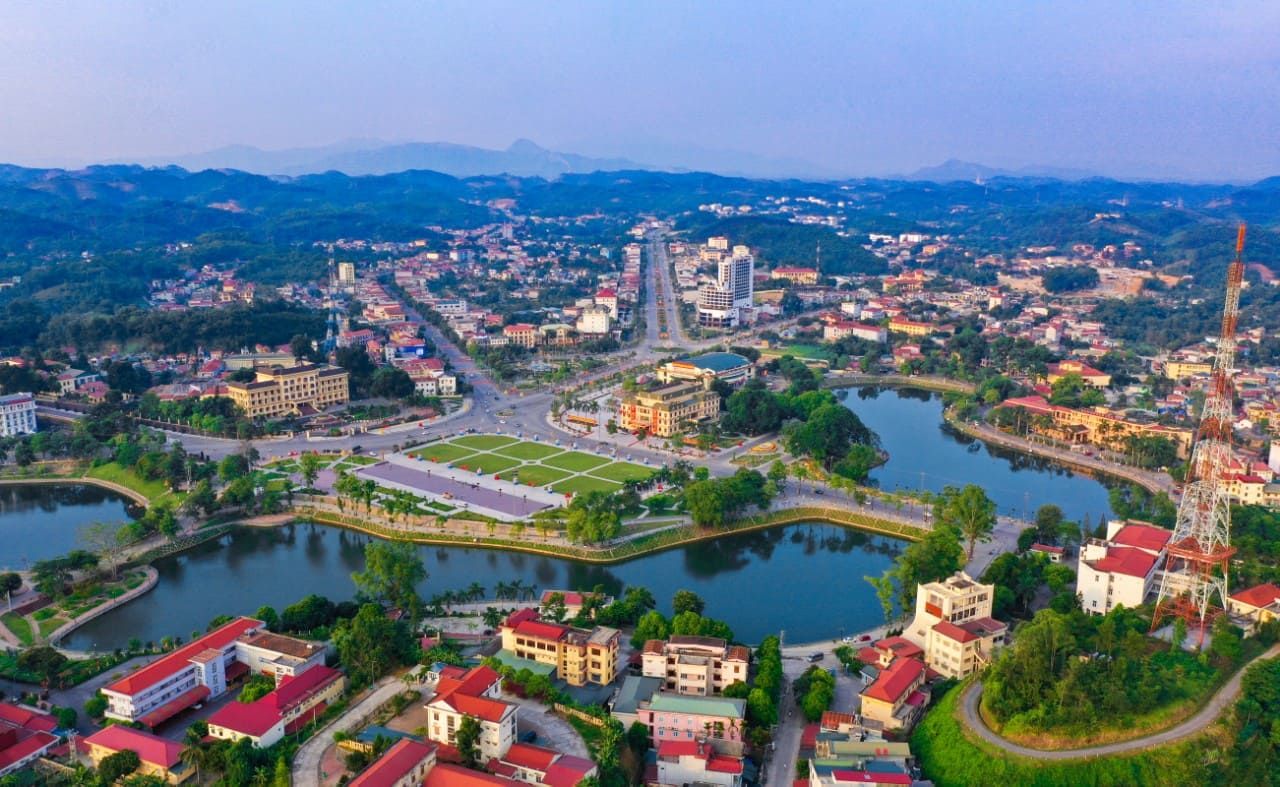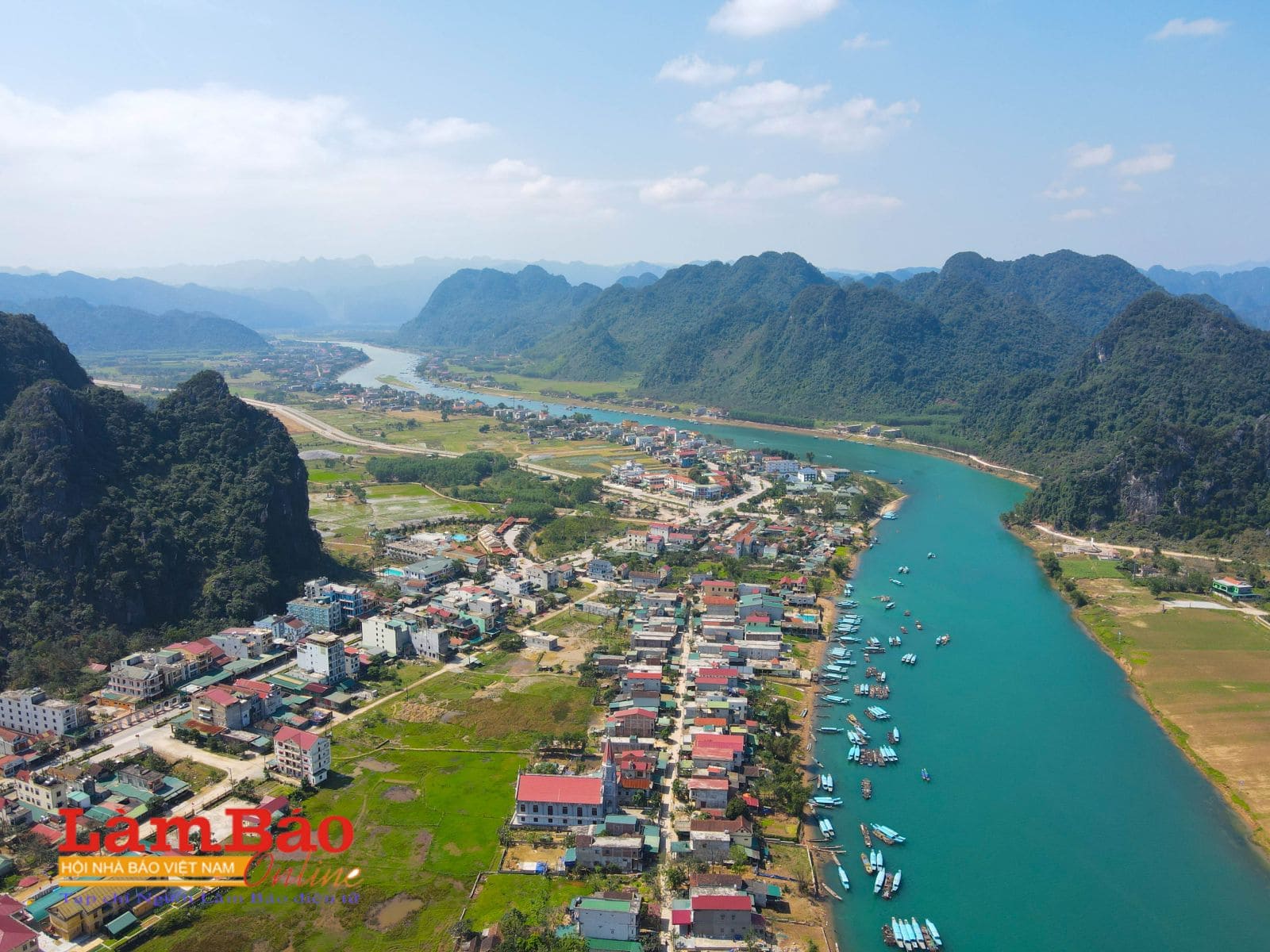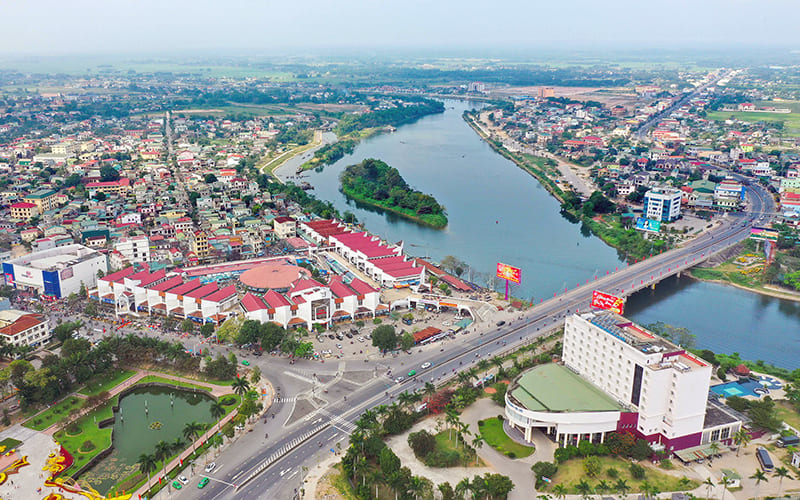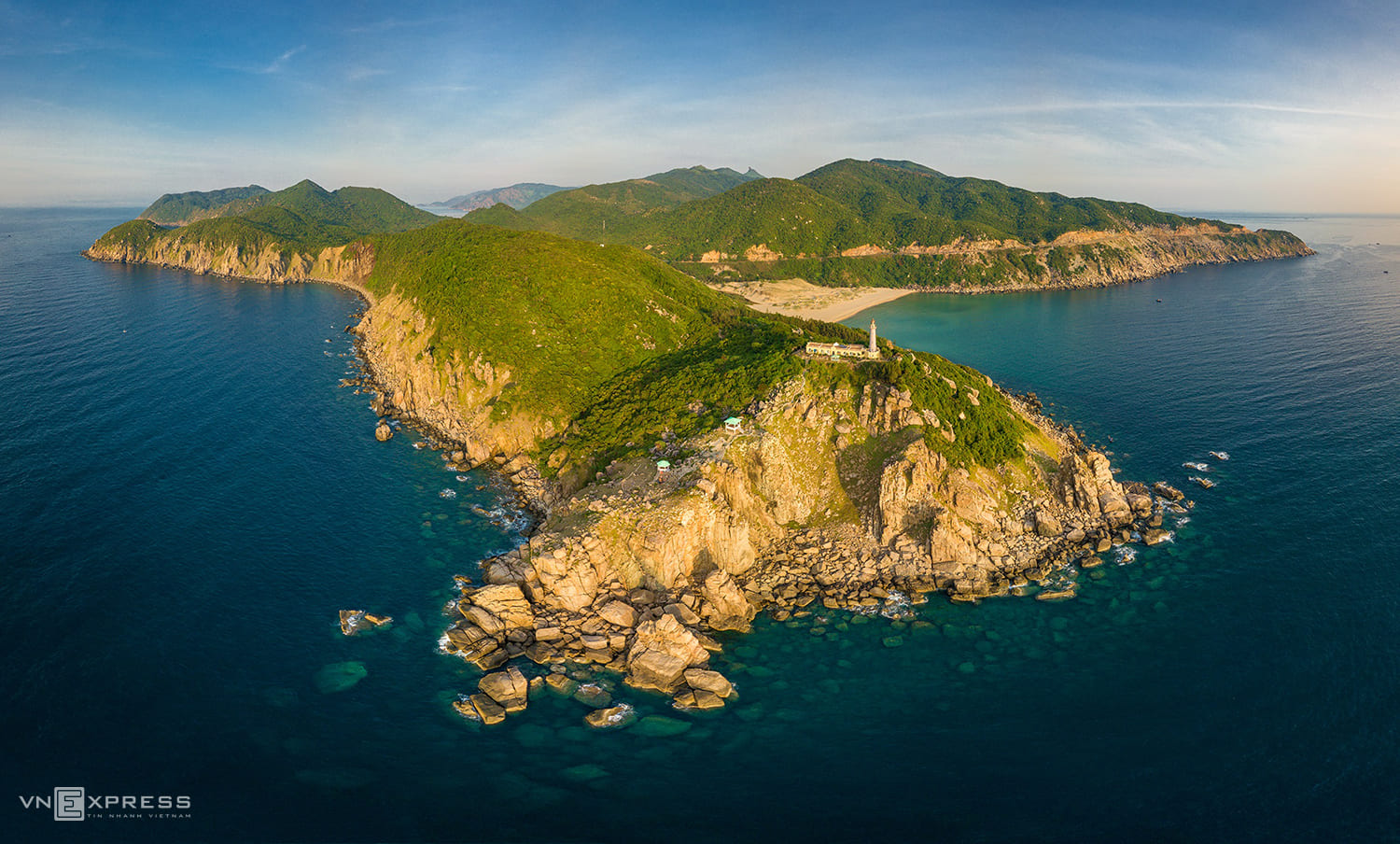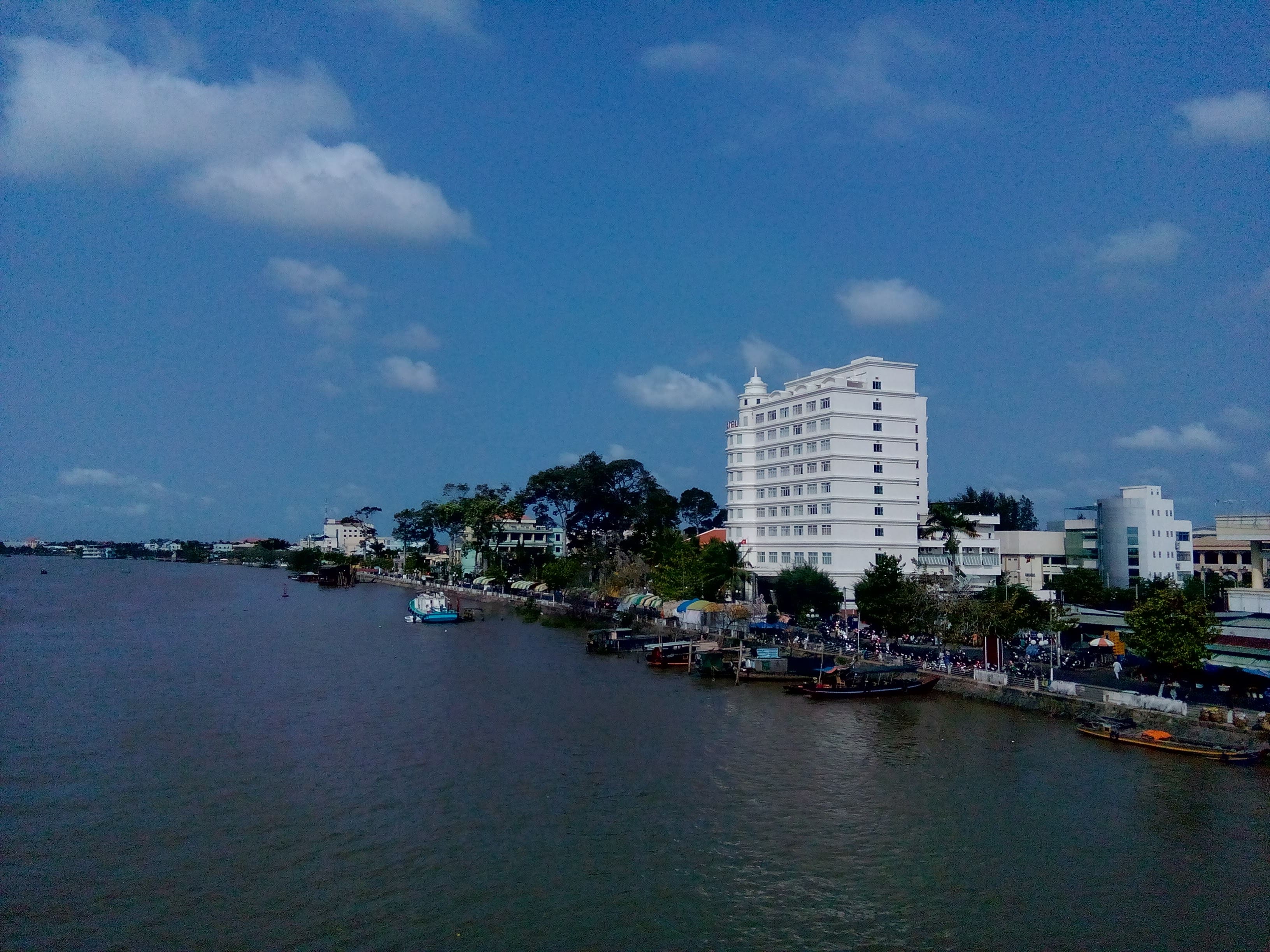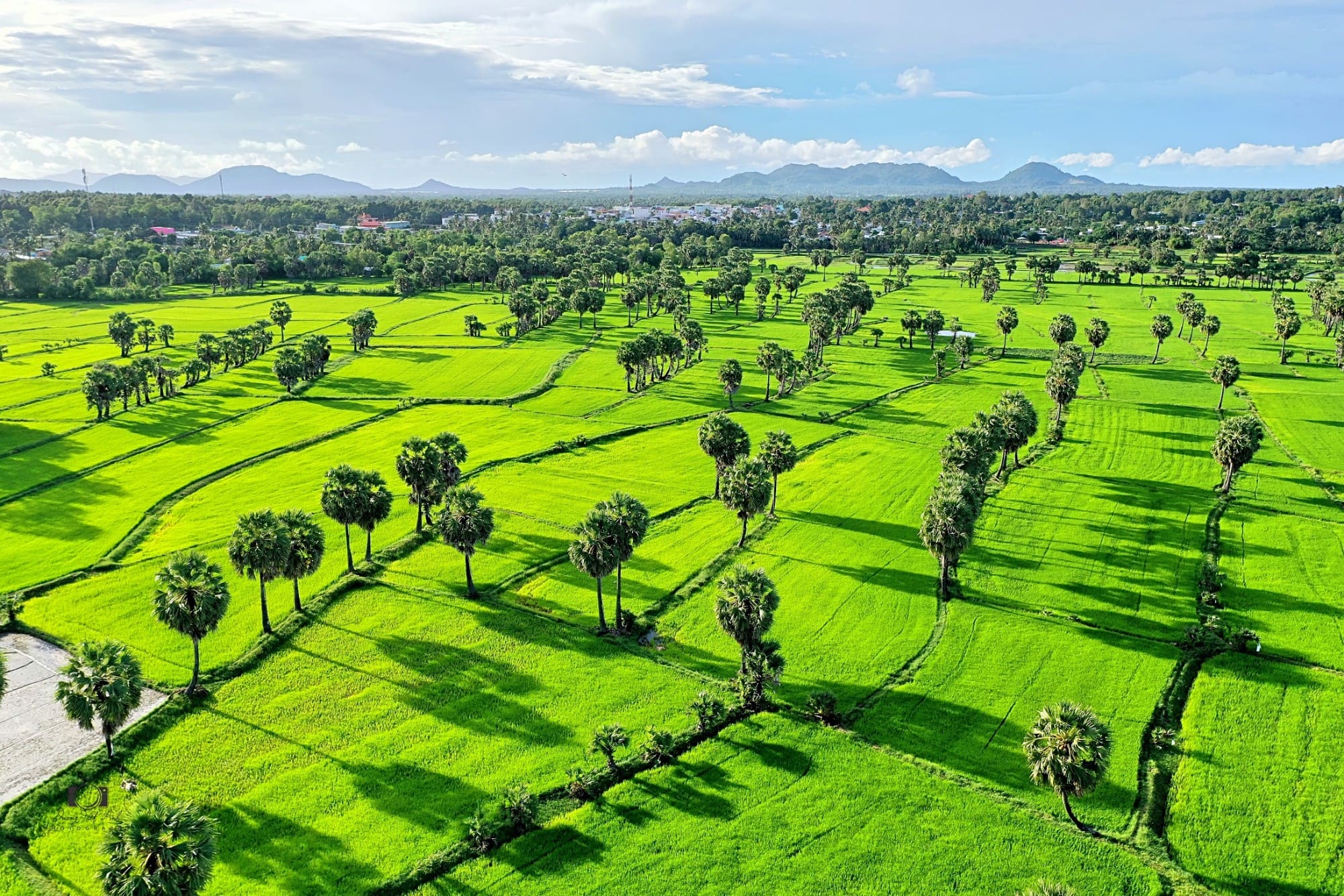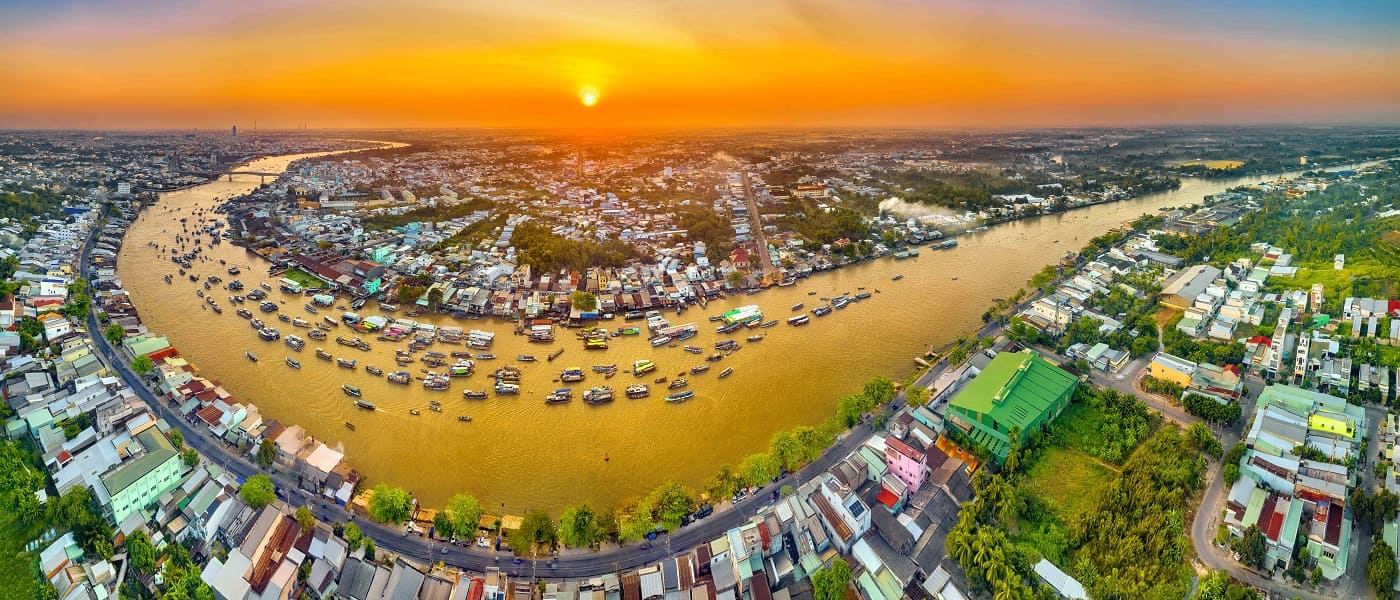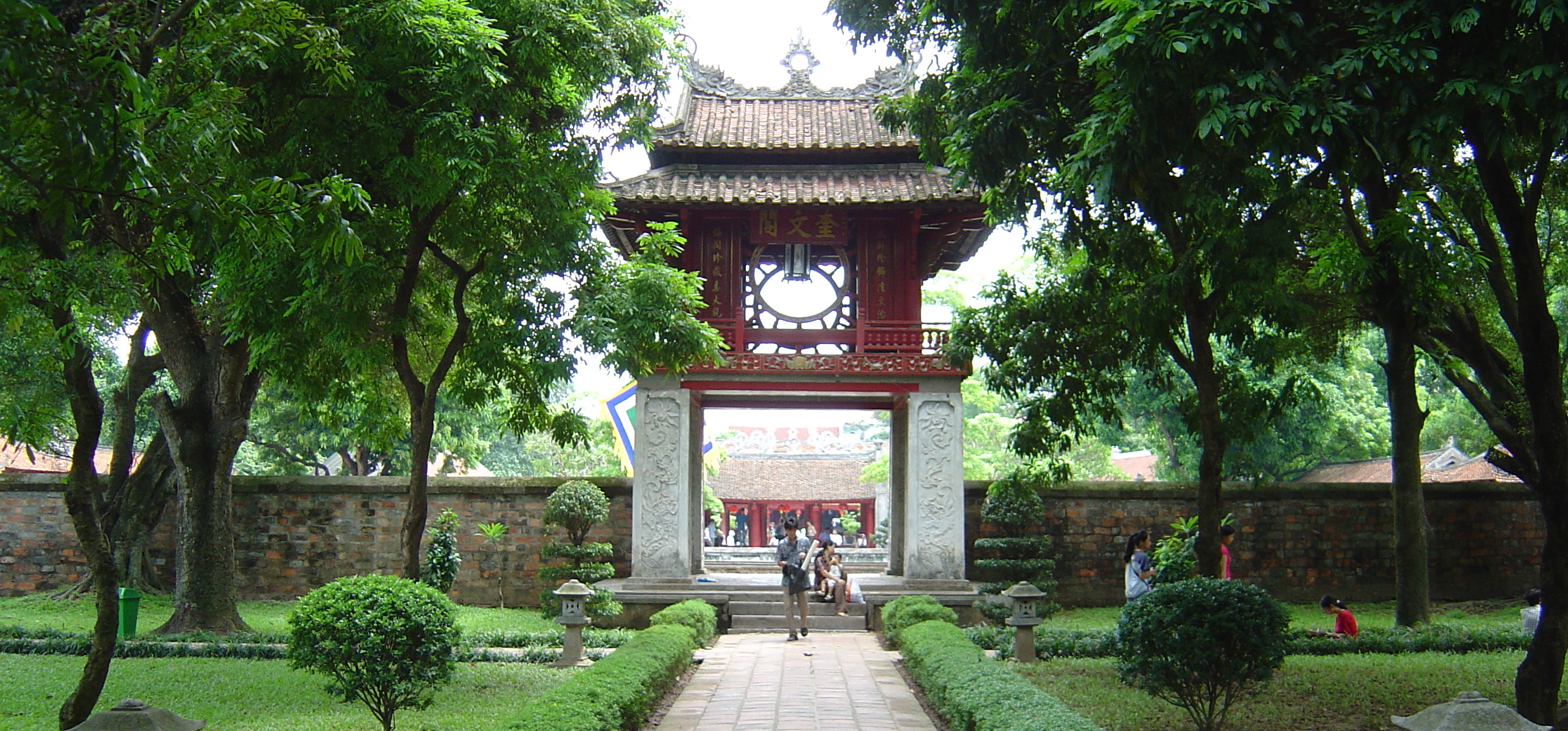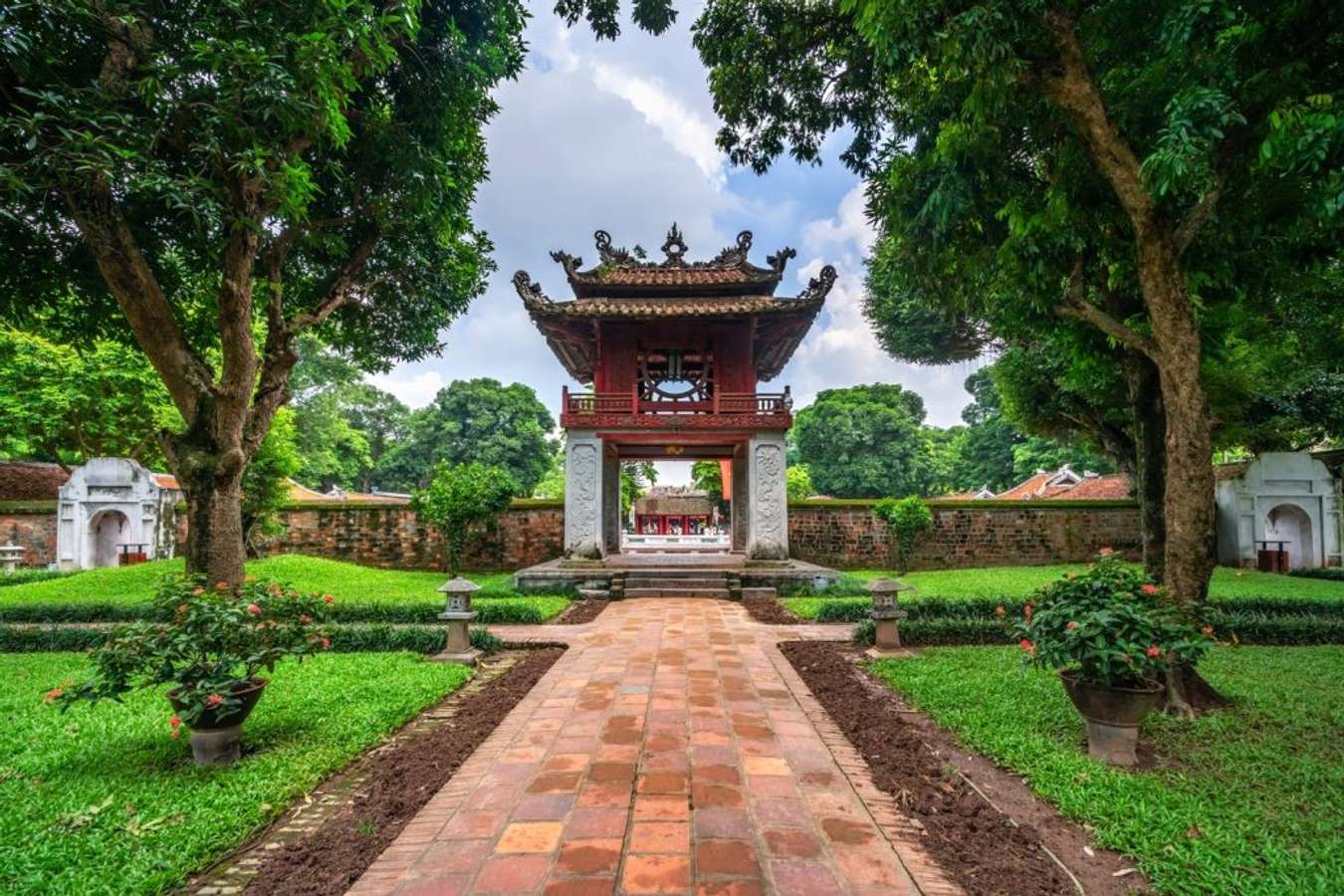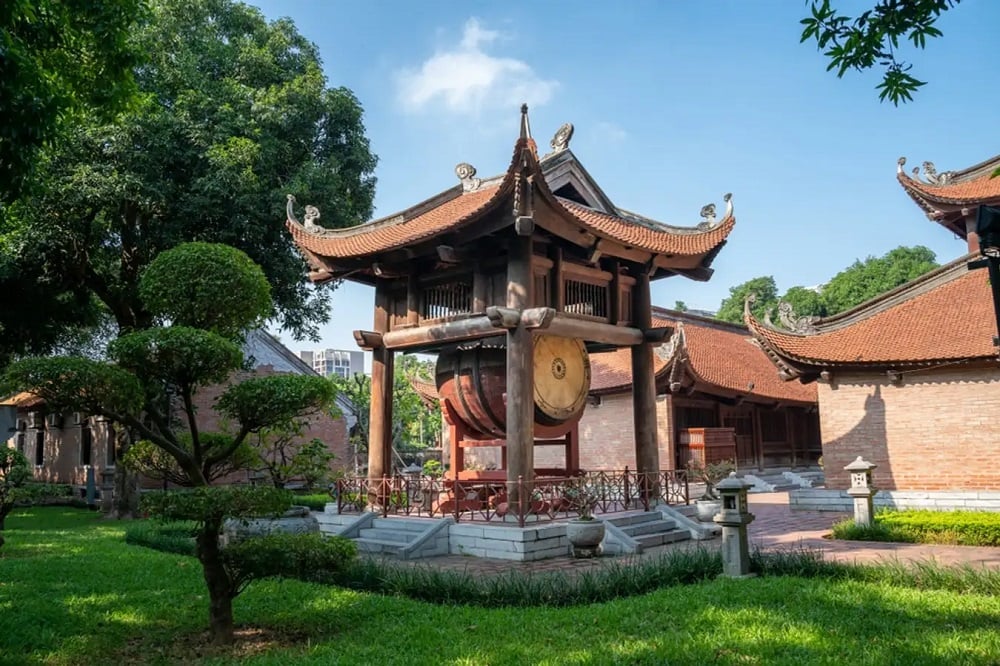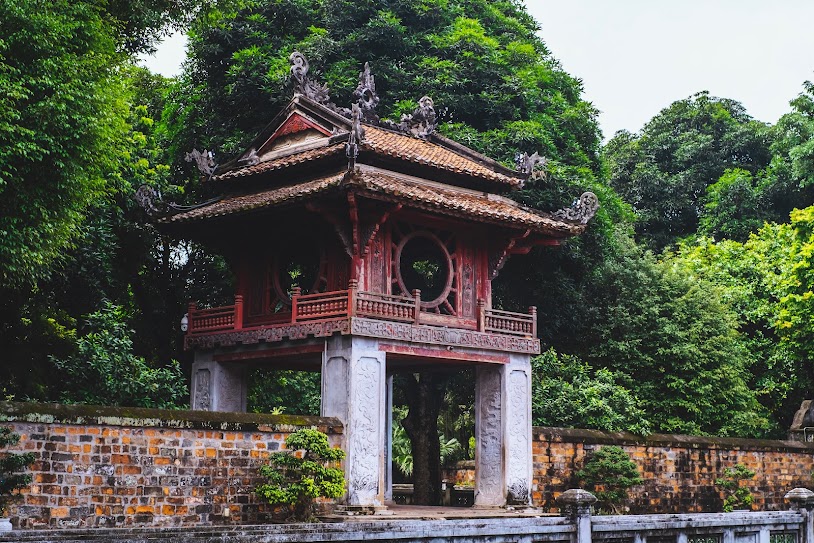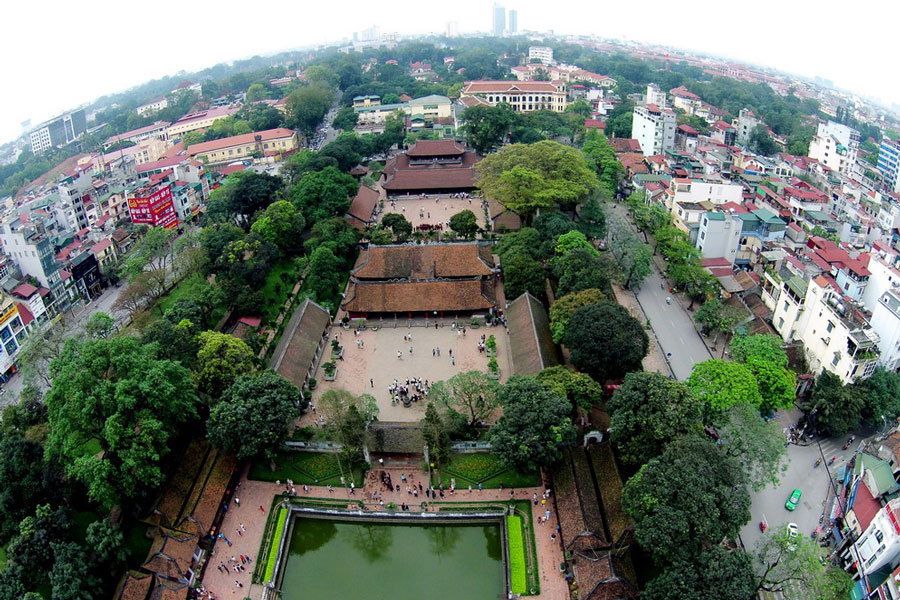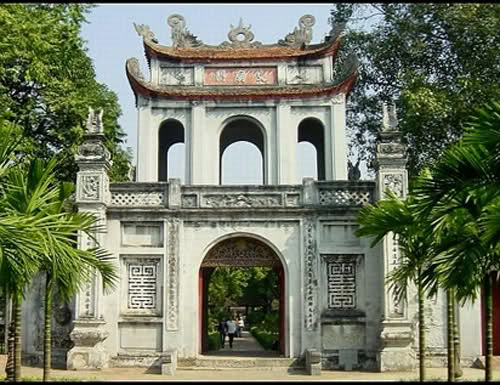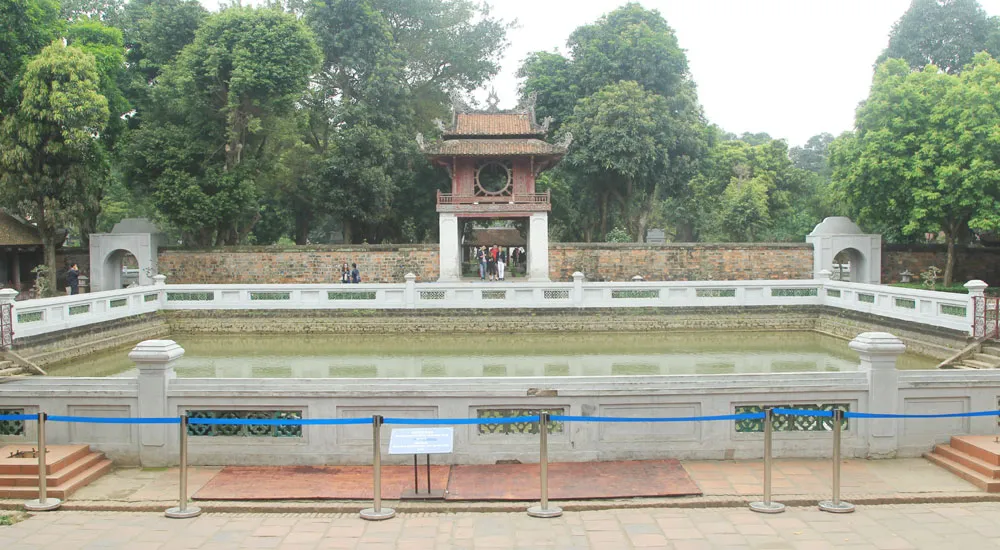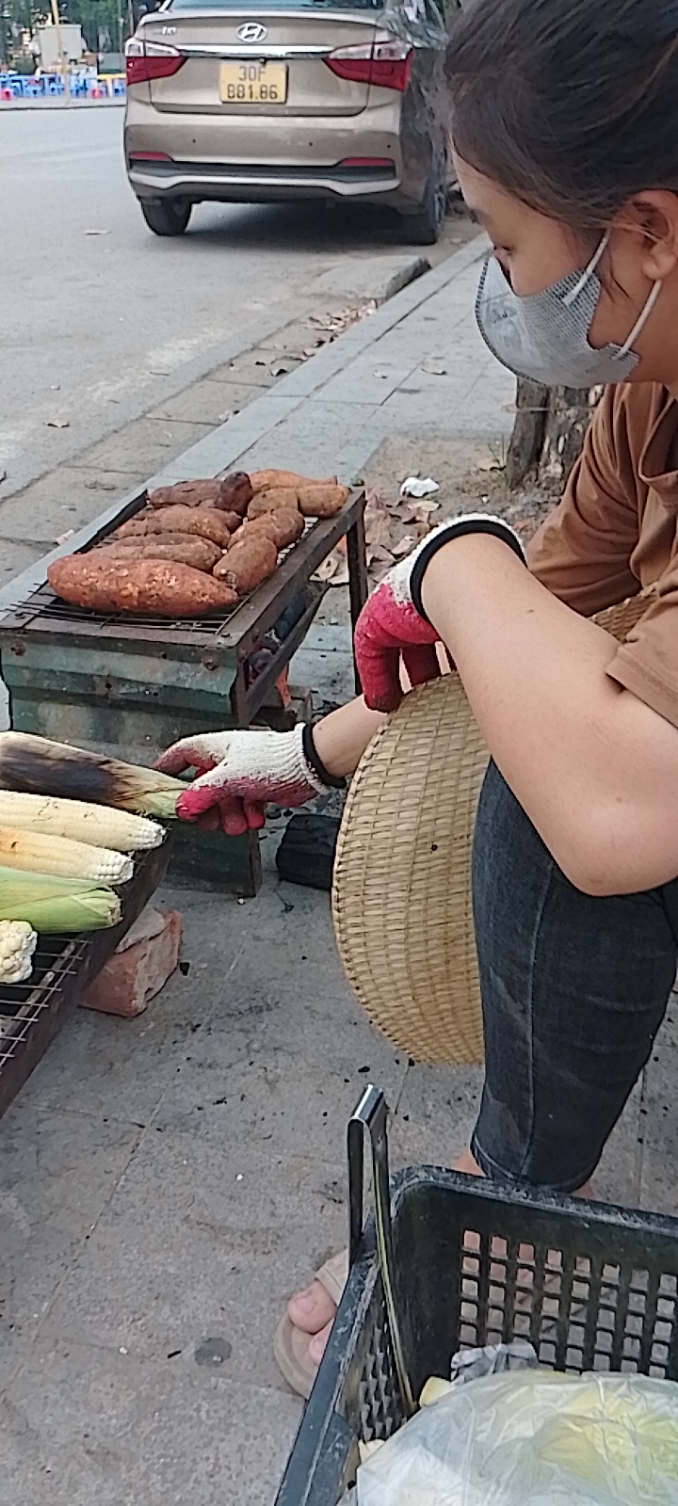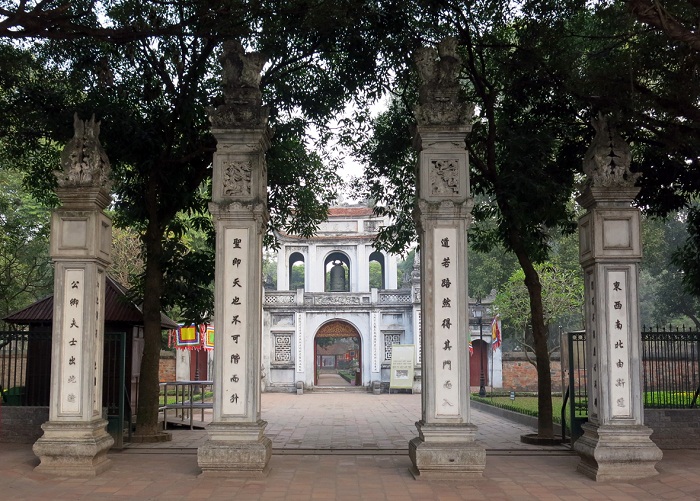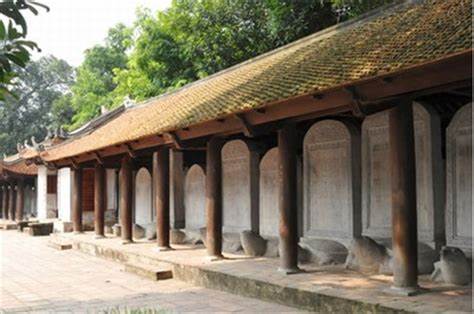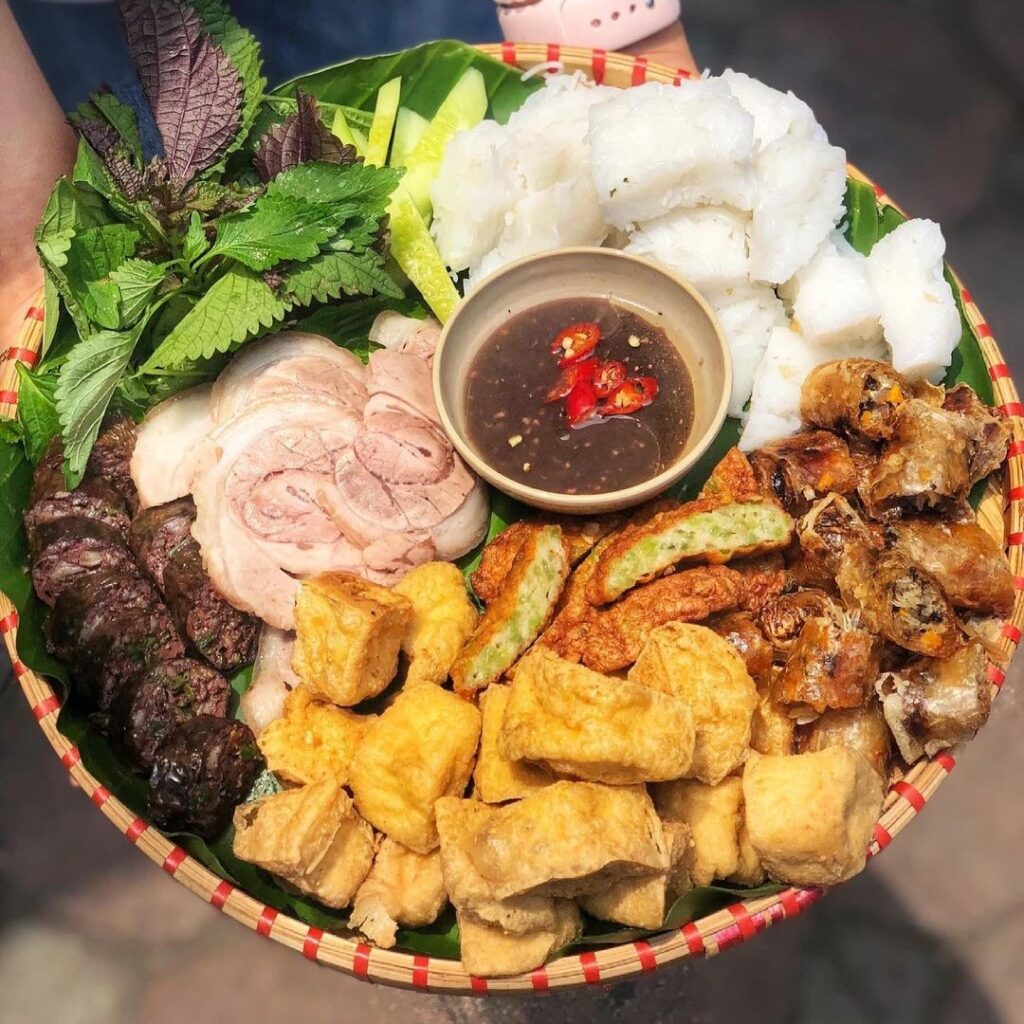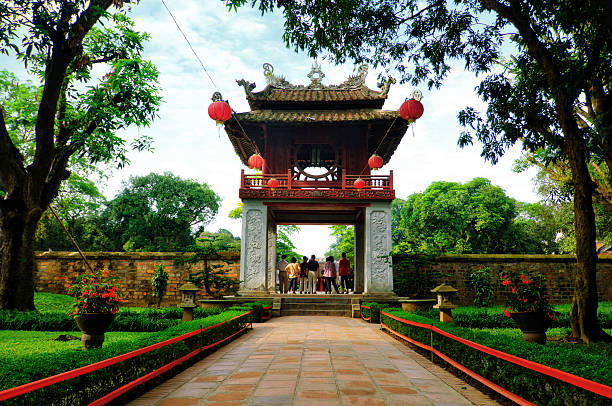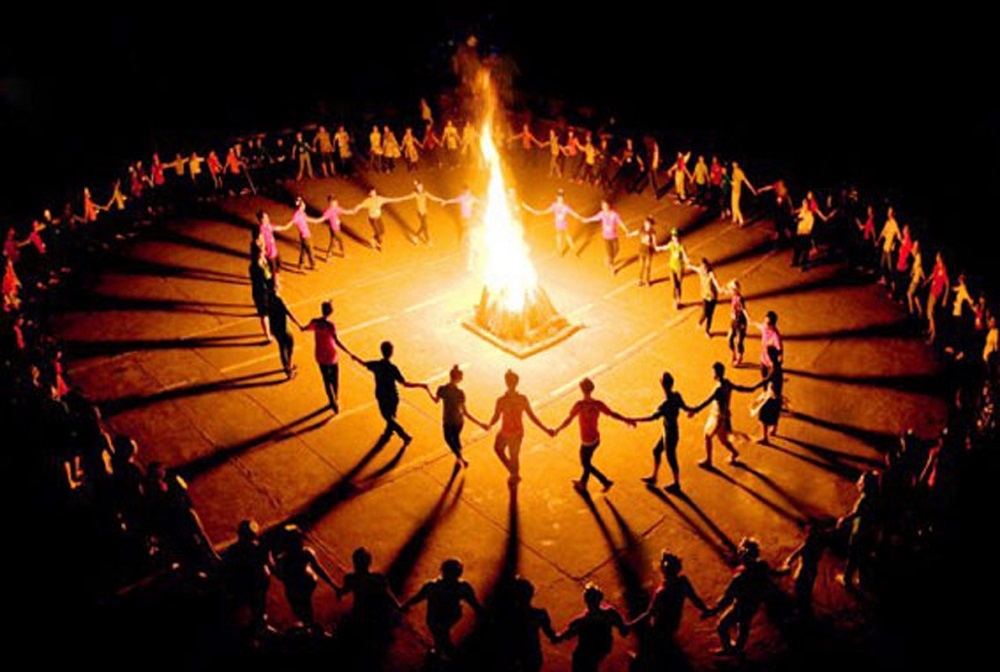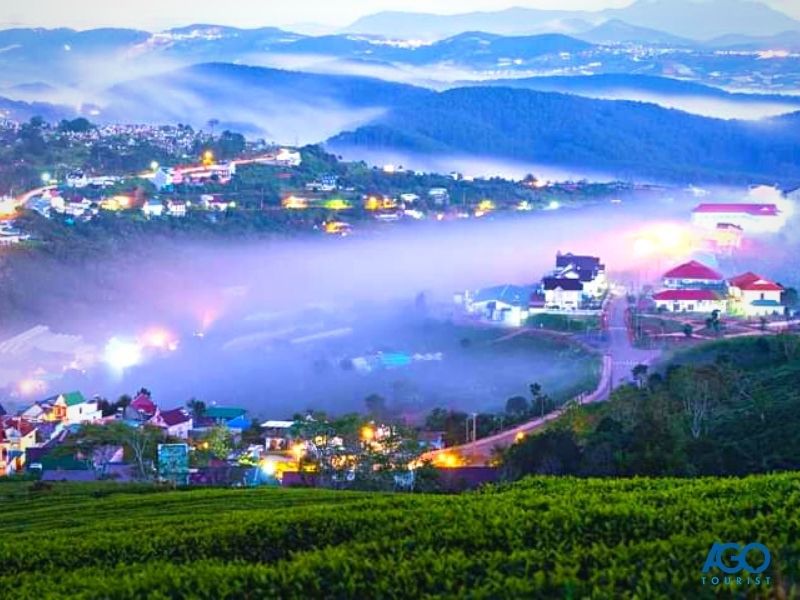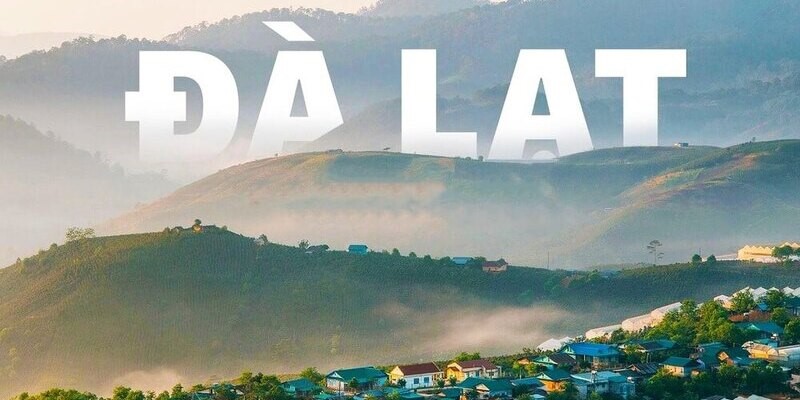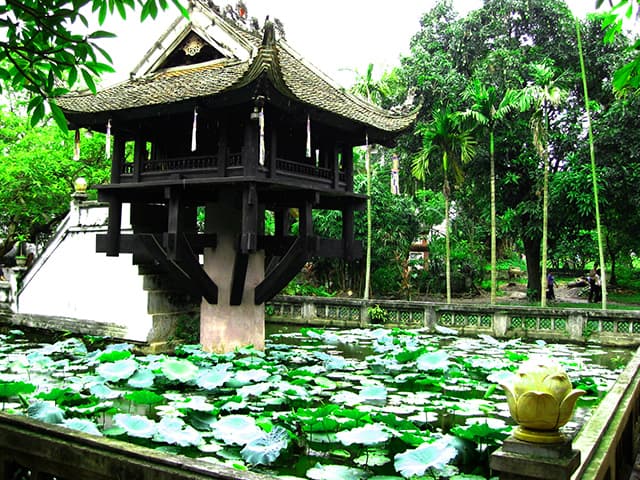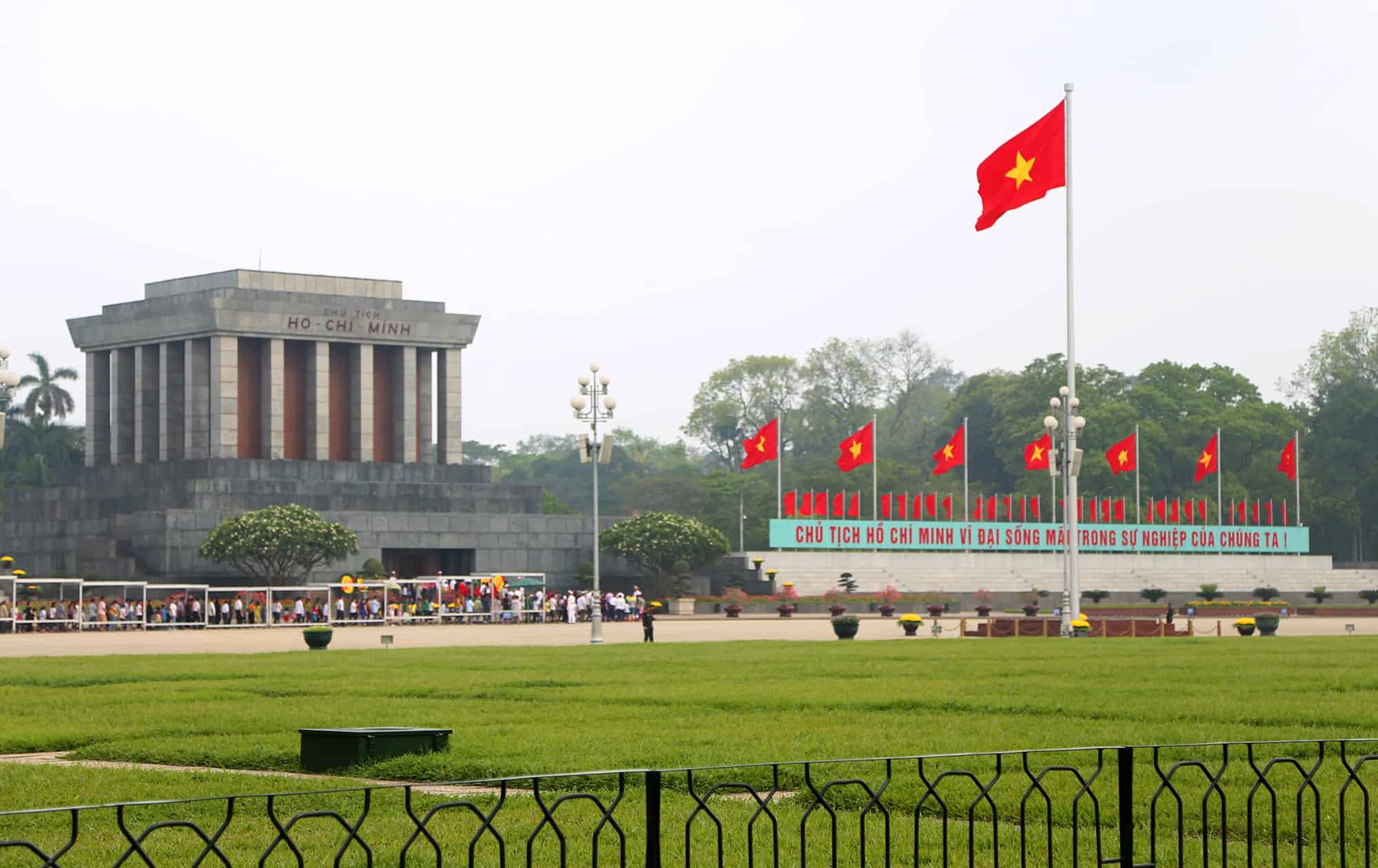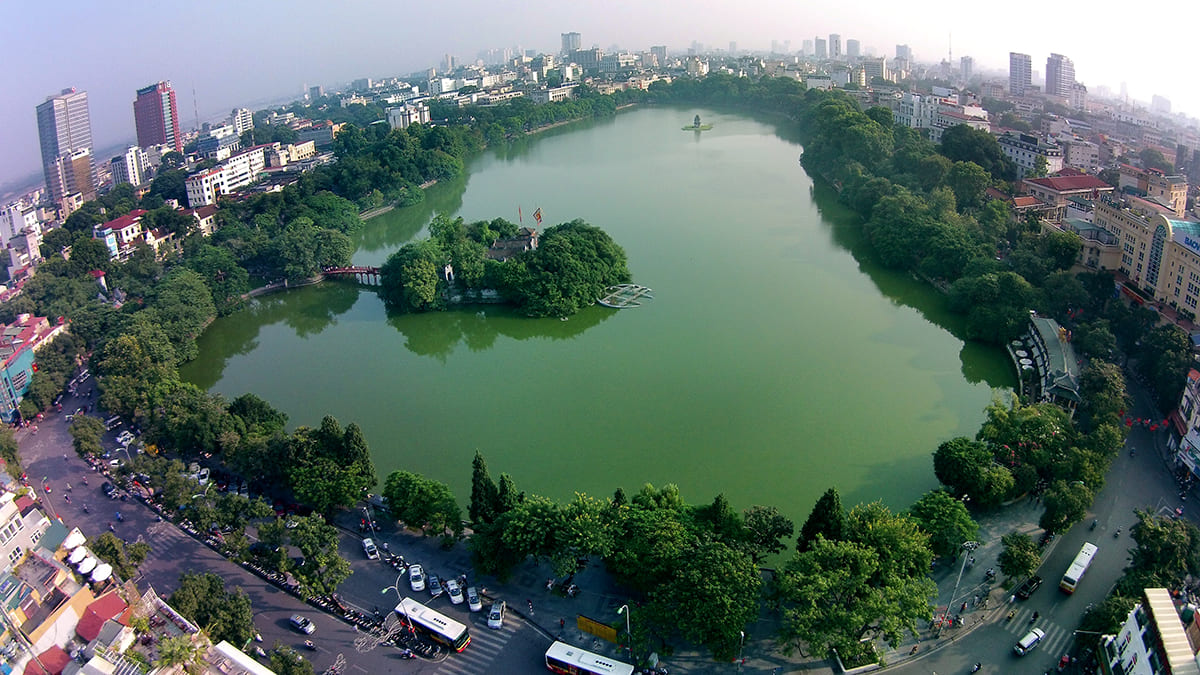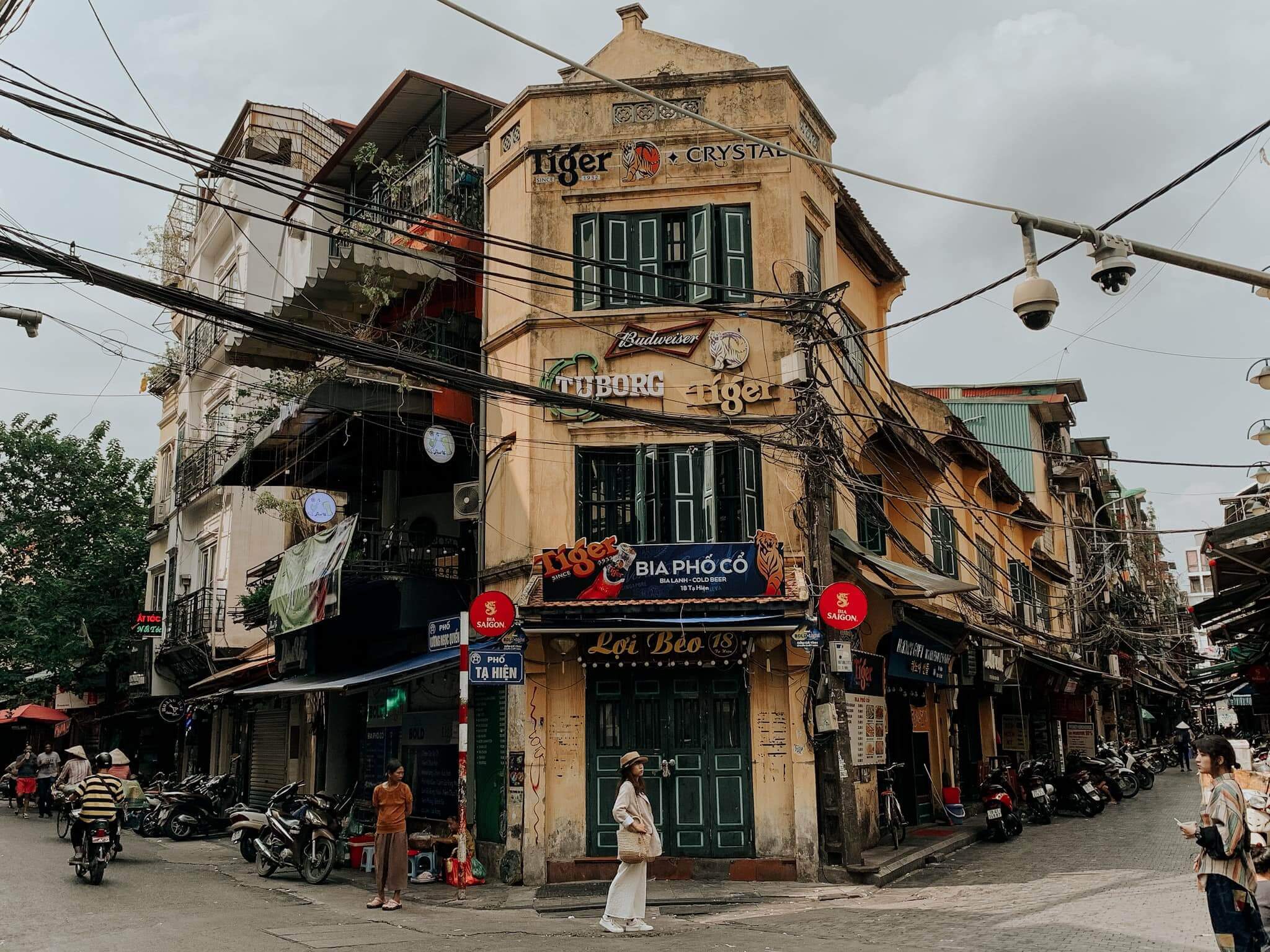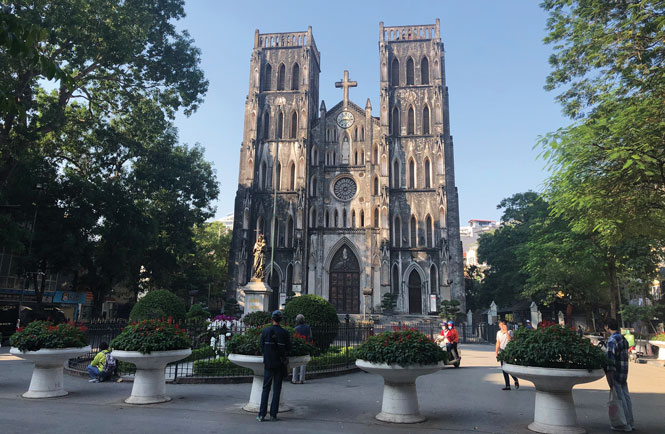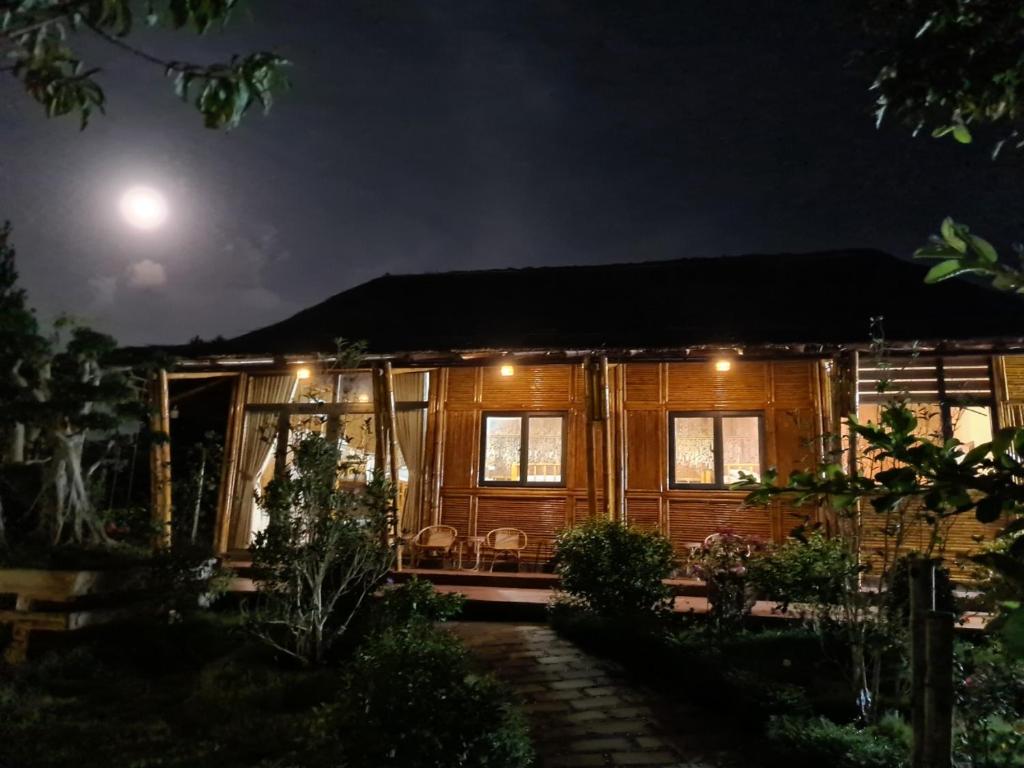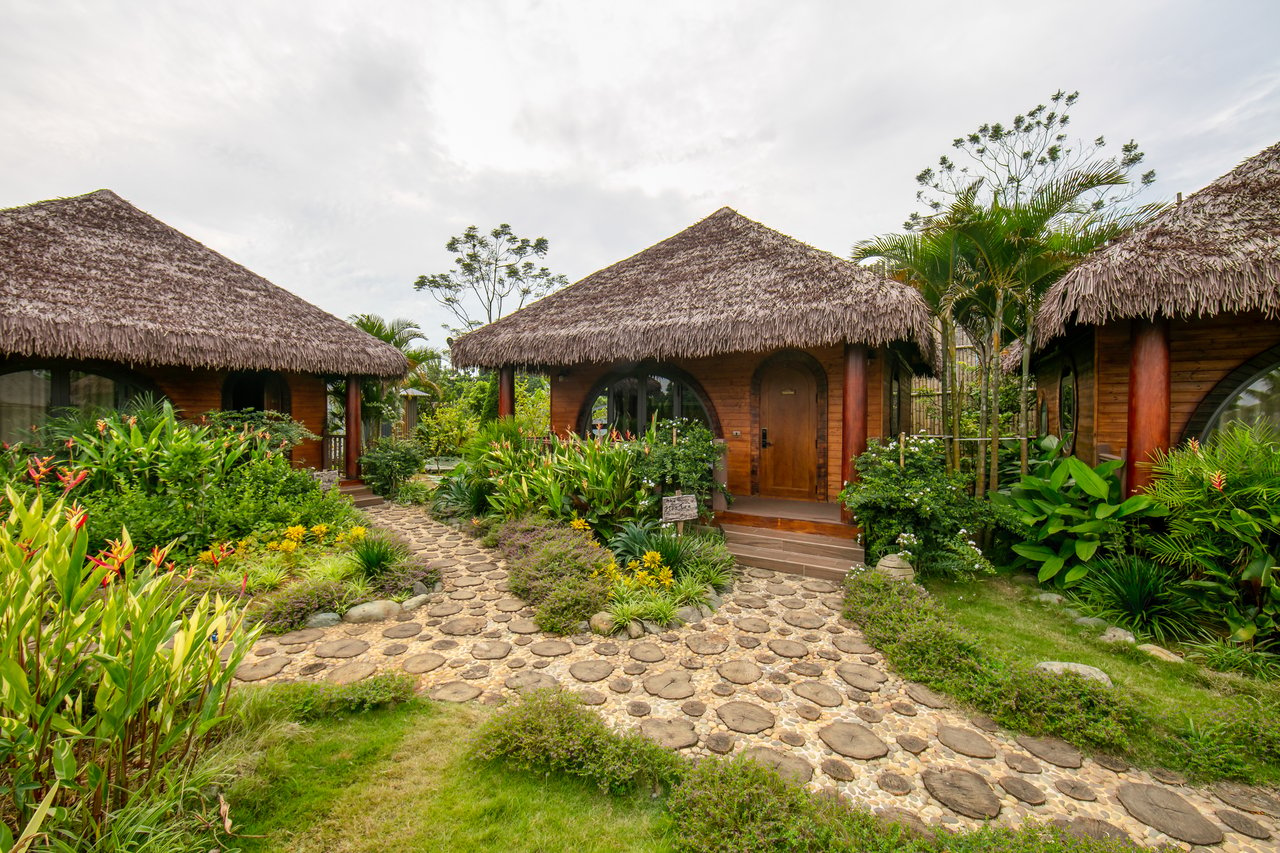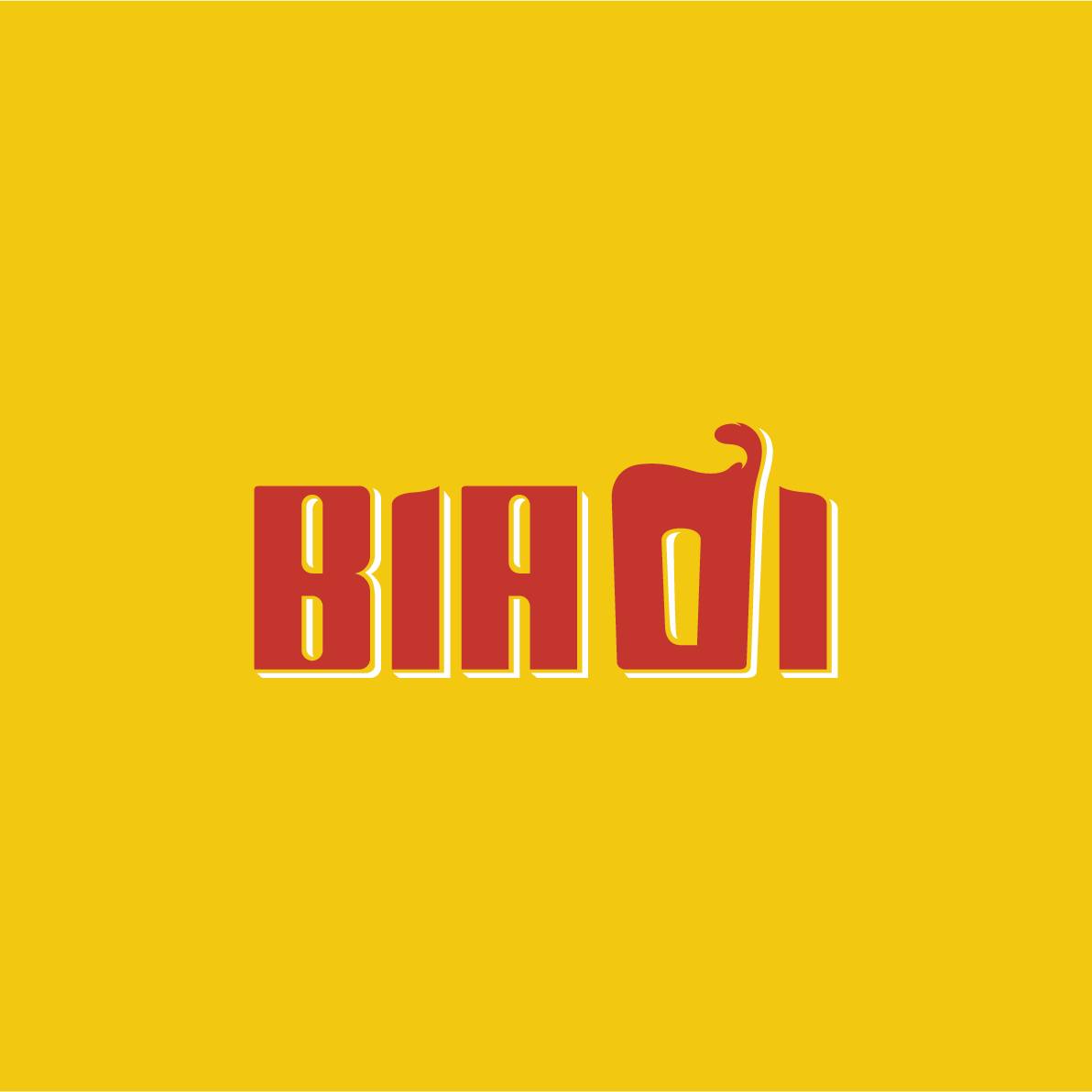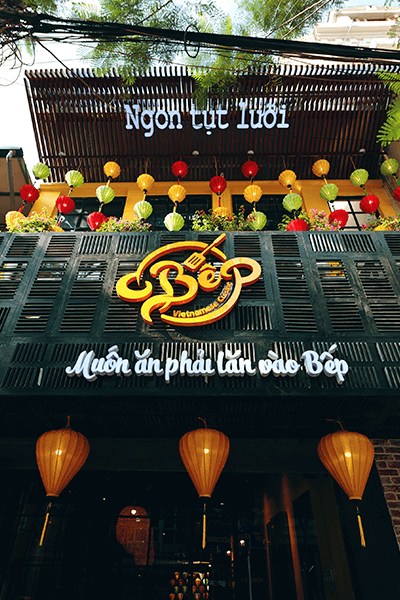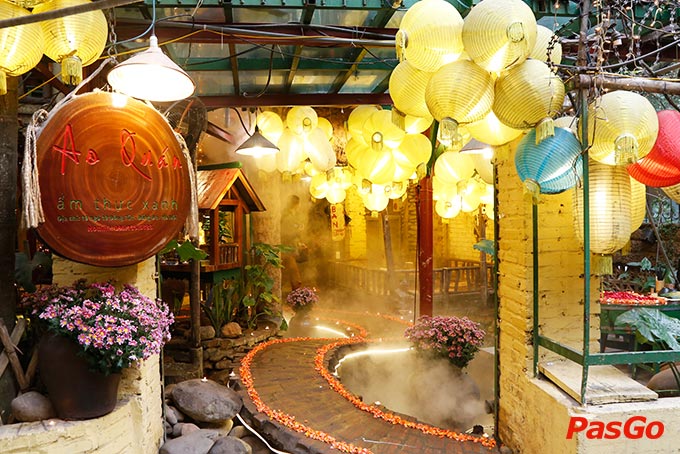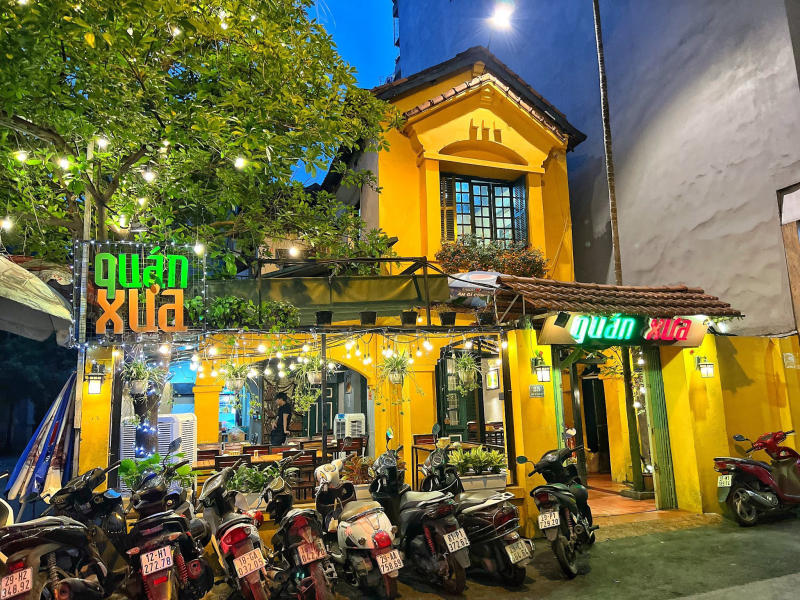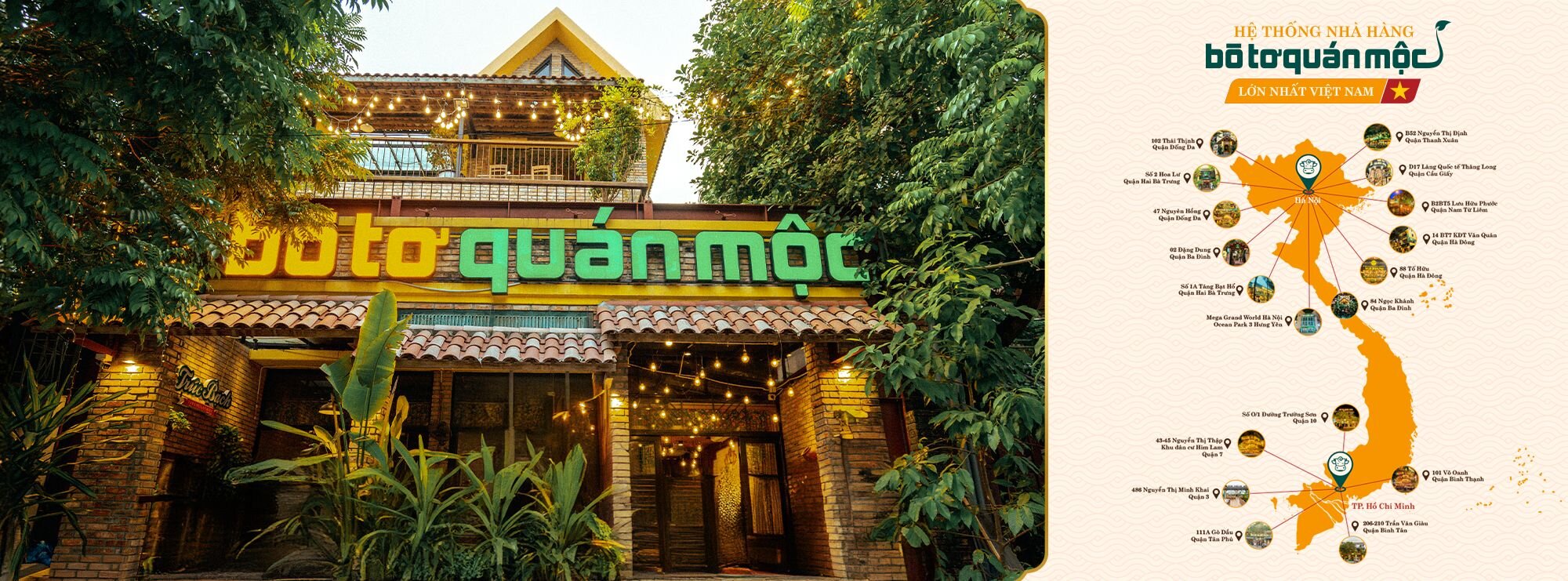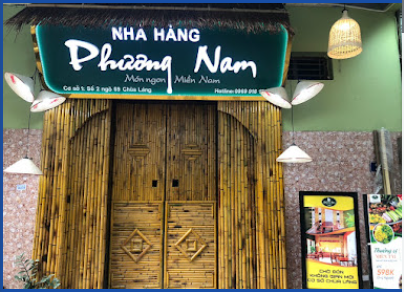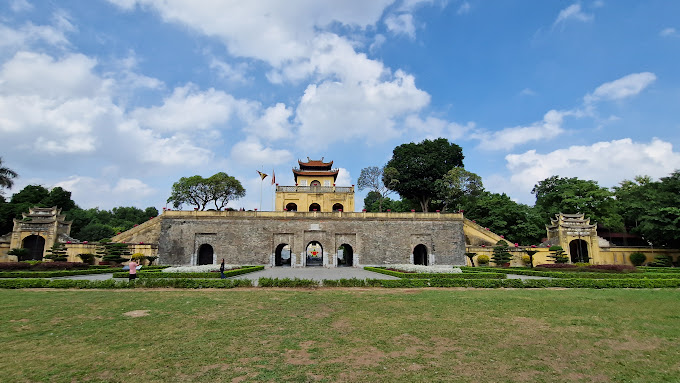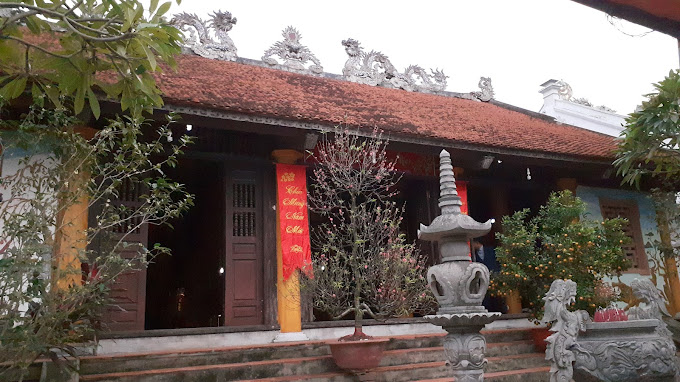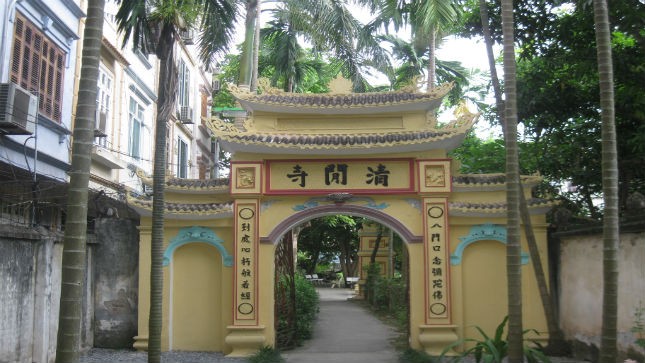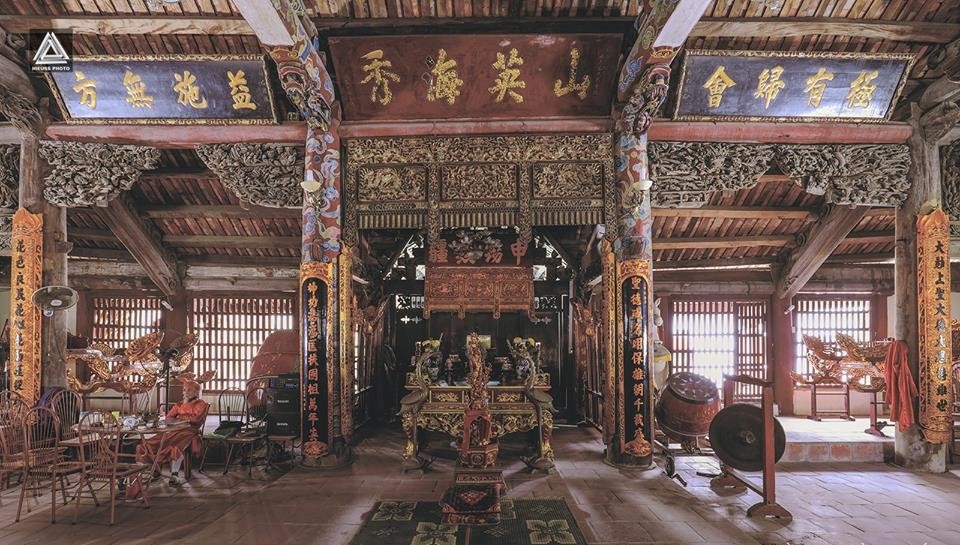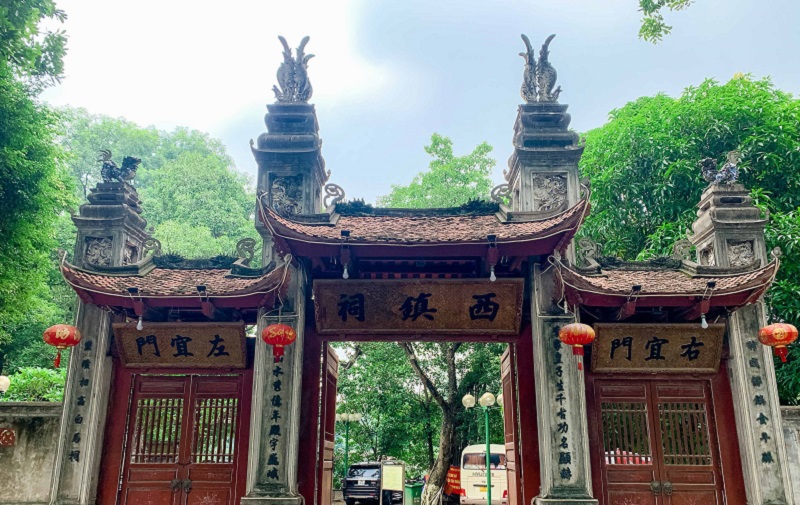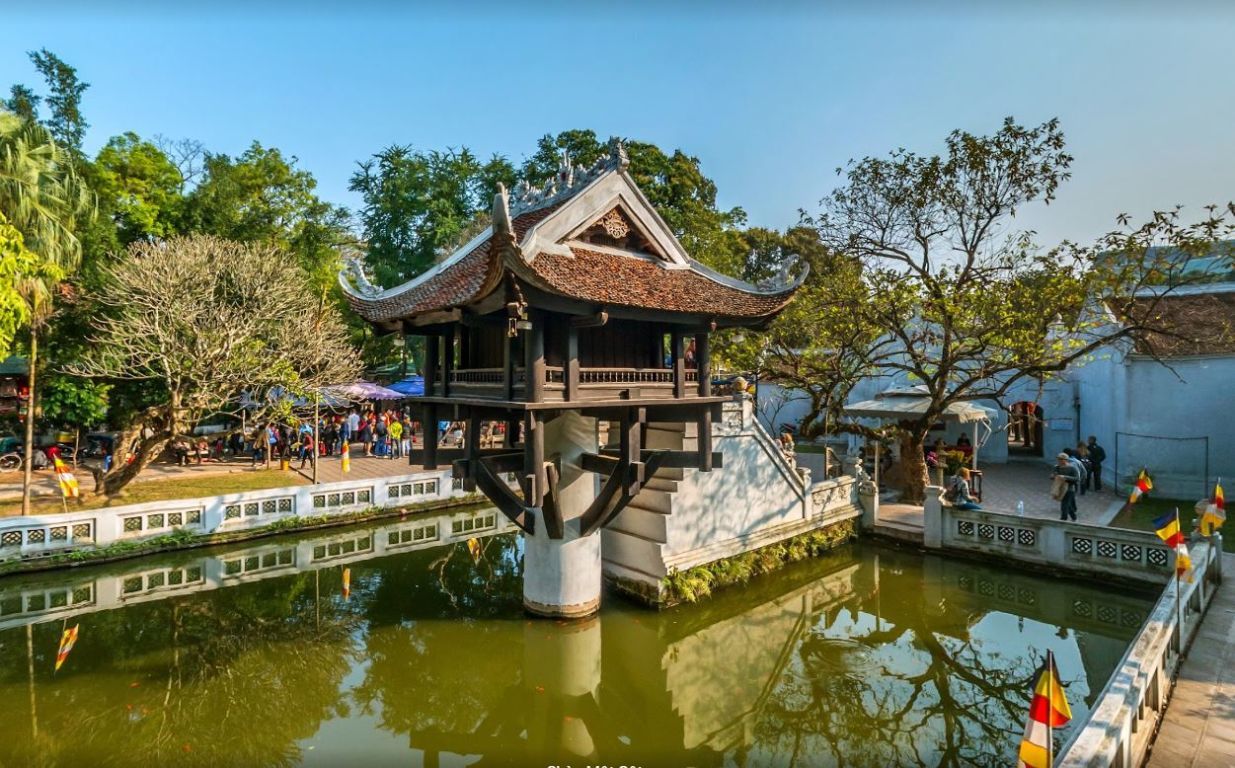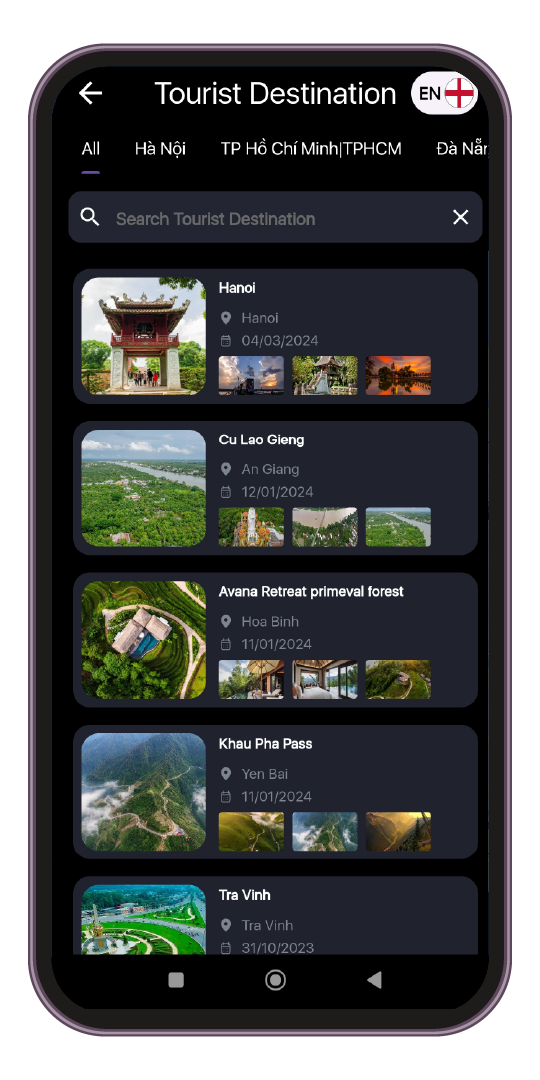Temple of Literature is located in Dong Da district, Hanoi, right in the middle of 4 main streets including Nguyen Thai Hoc, Ton Duc Thang, Temple of Literature and Quoc Tu Giam. Traveling to Hanoi with thousands of years of culture, this is definitely a place you should visit. If starting from Hoan Kiem Lake, you follow Le Thai To street, turn right onto Trang Thi street, go towards Cua Nam street, Nguyen Khuyen street and then turn left onto Van Mieu street to arrive. Because Hanoi has many one-way streets, especially around the Temple of Literature area, remember to pay attention to avoid breaking traffic laws. The Temple of Literature was built in 1070 under the reign of King Ly Thanh Tong, as a place to worship Confucius, Cong Chu and Tu Phoi. In 1076, King Ly Nhan Tong established Quoc Tu Giam next to it, a university exclusively for the king's children and noble families. During the reign of King Tran Thai Tong, Quoc Tu Giam was renamed Quoc Tu Giam and accepted children of commoners with excellent academic ability. In the post-Le period, King Le Thanh Tong began to erect steles of those who passed the doctoral exam. During the Nguyen dynasty, Quoc Tu Giam established Hue. The Thang Long Temple of Literature was renovated and became only the Temple of Literature of Bac Thanh town, later changed to the Temple of Literature of Hanoi. The current Temple of Literature - Quoc Tu Giam relic complex is located on an area of 54,331 m2, including many different small architectural works. Surrounding the campus are brick walls. Having undergone many renovations, this relic complex includes Ho Van, Temple of Literature, Dai Trung Mon, Khue Van Cac, Thien Quang well, doctoral stele, Dai Thanh Mon, and Thai Hoc house. The teaching house on the east and west sides has 14 rooms. The students' classrooms in the three halls have three rows, each row has 25 rooms, and each room has 2 people. The entire current architecture of the Temple of Literature is from the early Nguyen Dynasty. The architectural complex of the Temple of Literature - Quoc Tu Giam is arranged symmetrically in each area, each layer along the North-South axis, simulating the overall planning of the Temple of Literature dedicated to Confucius in China. However, the scale here is simple. than and in the traditional way of national art. In front of the Temple of Literature there is a large lake called Van Chuong lake, its old name was Thai Ho. In the middle of the lake there is Kim Chau mound, which used to have a pavilion for sightseeing. Outside the main gate there are four pillars, on both left and right sides there is a stele "Ha Ma", around the area is built a high wall. The gate of the Temple of Literature was built in the style of Tam Quan, with three words "Temple of Literature" on it in ancient Chinese characters. The Temple of Literature is divided into 5 distinct areas, each area has a separating wall and a gate connecting with each other. The main gate of the Temple of Literature is built in the style of Tam Quan, with three words "Temple of Literature" on it in ancient Chinese characters. The Temple of Literature has a surrounding wall built of bricks. Inside there are also walls divided into 5 areas, each area has a dividing wall and a gate to each other. First area. Starting with the main gate of Van Mieu Mon, go to Dai Trung Mon gate, on both sides there are small gates, Thanh Duc Mon and Dat Tai Mon. Second area. From Dai Trung Mon to Khue Van Cac. Khue Van Cac is an architectural work that, although not massive, has harmonious and beautiful proportions. The architecture consists of 4 square brick pillars (85cm x 85cm) below supporting the upper floor, with very beautiful wooden structures. The upper floor has 4 circular doors, a convenient railing and a simple, rustic wooden roof support. The two-layer overlapping tile roof creates a structure with 8 roofs, ridges and a flat roof surface. The attic is a square floor with eight roofs, on all four sides of the attic are round windows shaped like the sun radiating rays of light. On the right and left sides of Khue Van Cac are Bi Van Mon and Suc Van Mon, leading to the two Doctor's stele houses. Khue Van Cac at the Temple of Literature - Quoc Tu Giam has been recognized as a symbol of Hanoi city. Third zone. Consists of Thien Quang Tinh lake (meaning well of sunlight), square in shape. On both sides of the lake are the doctor's stele houses. Each stele is made of stone, engraved with the names of those who passed the Poinsettia, Longan, Tham Hoa, Hoang Giap, and Doctoral exams. The stele is placed on the back of a stone turtle. There are still 82 steles of examinations from 1442 to 1779. These are the most precious relics of the relic. Fourth zone. Is the central area and main architecture of the Temple of Literature, consisting of two large works arranged parallel and consecutive to each other. The outer building is the Bai Duong, the inner building is the Upper Palace. This is the area worshiping Confucius and Tu Phoi (Nhan Tu, Tang Tu, Tu Tu, Mencius). Fifth zone. This is Thai Hoc's house. During the Nguyen Dynasty, the Quoc Tu Giam school in Hanoi was abolished, the Thai school was changed to the Khai Thanh house, worshiping Confucius's father and mother. However, this house was destroyed during the resistance war against the French. The new Thai Hoc building was rebuilt by Hanoi city in 1999. In this fifth area, there is also the Tien Duong - Hau Duong house, which is the place to worship kings Ly Thanh Tong, Ly Nhan Tong, Le Thanh Tong and private businesses. Quoc Tu Giam Chu Van An. Things to note when visiting the Temple of Literature. First, respect the monument and comply with the regulations of the monument management unit. Do not harm artifacts or relics. Do not pat the turtle's head, write, draw, stand, or sit on the Doctor's stele... Second, clothes when going to the Temple of Literature should be clean and neat. Do not wear skirts or pants that are too short, revealing clothing, or indoor clothing. Do not smoke, wear hats or hats in the Temple area, exhibition hall... Finally, Implement a civilized lifestyle in places of worship: Do not have uncultured behavior, profanity, or cause disorder and security; Have the right attitude when performing the ceremony, each person only lights one incense stick; Offer offerings and burn incense in the right place.
Hanoi 2587 view From January to December
Ngày cập nhật : 11/03/2023


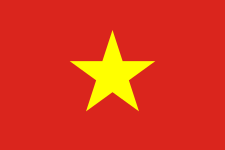 vn
vn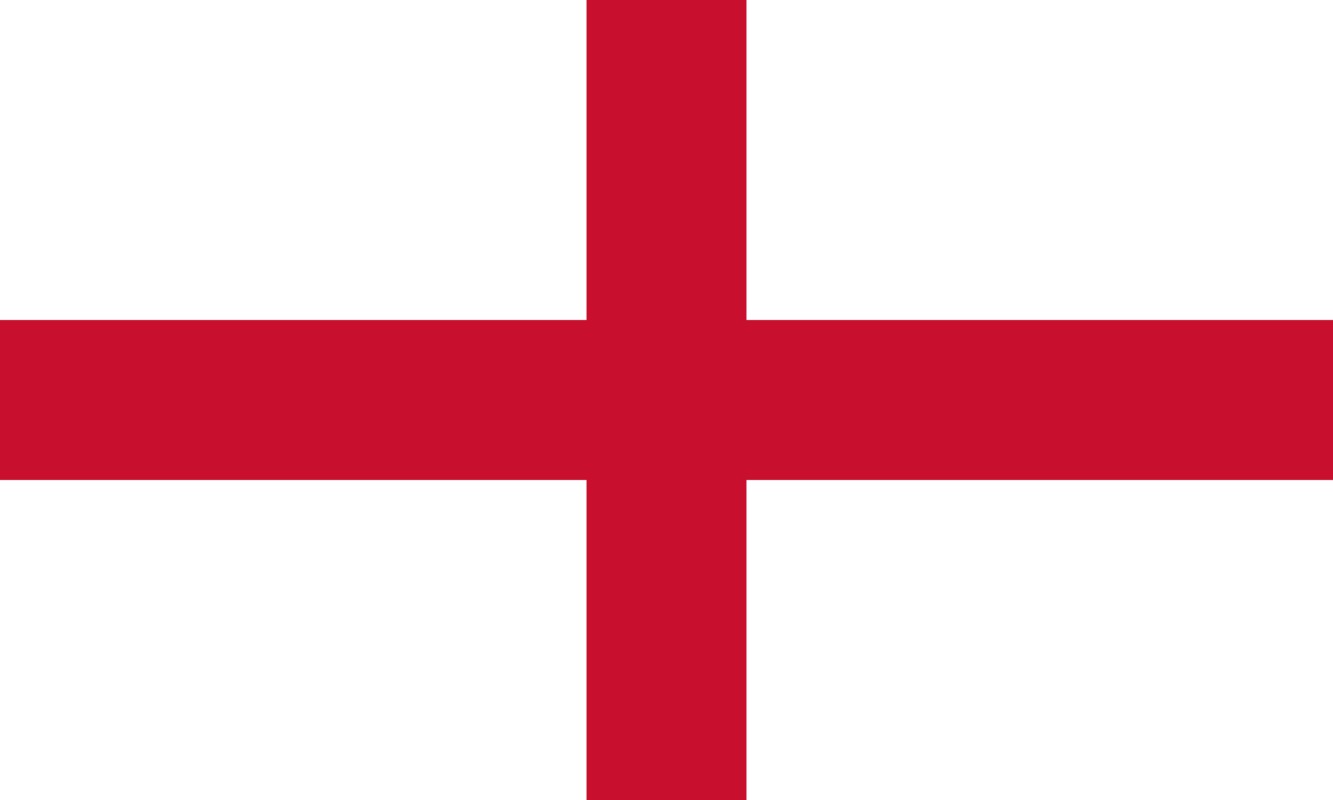 en
en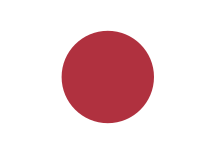 ja
ja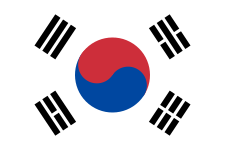 ko
ko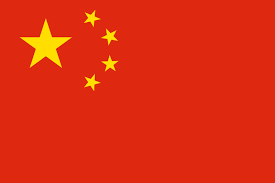 zh
zh


















